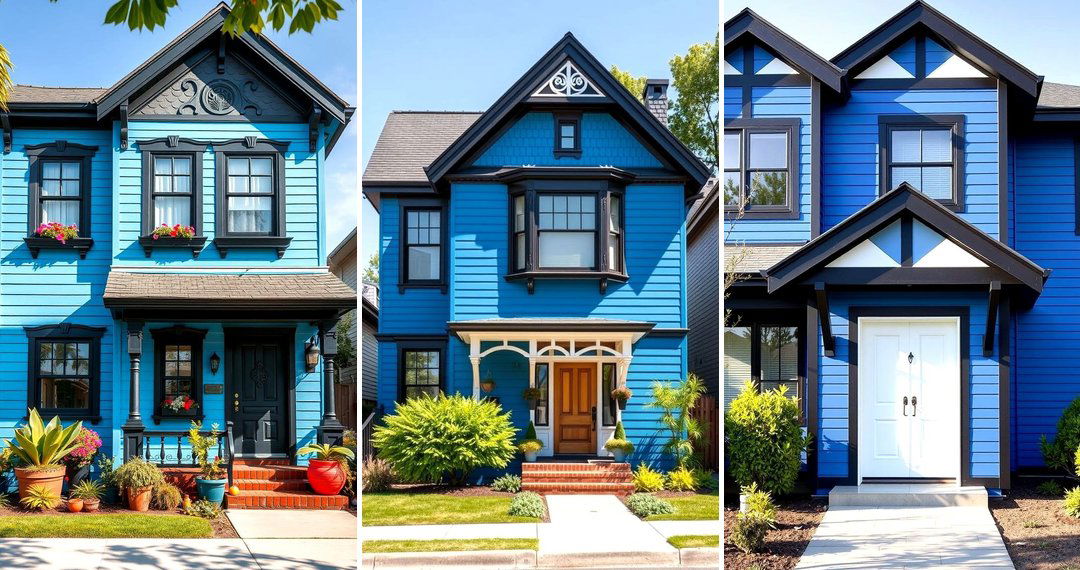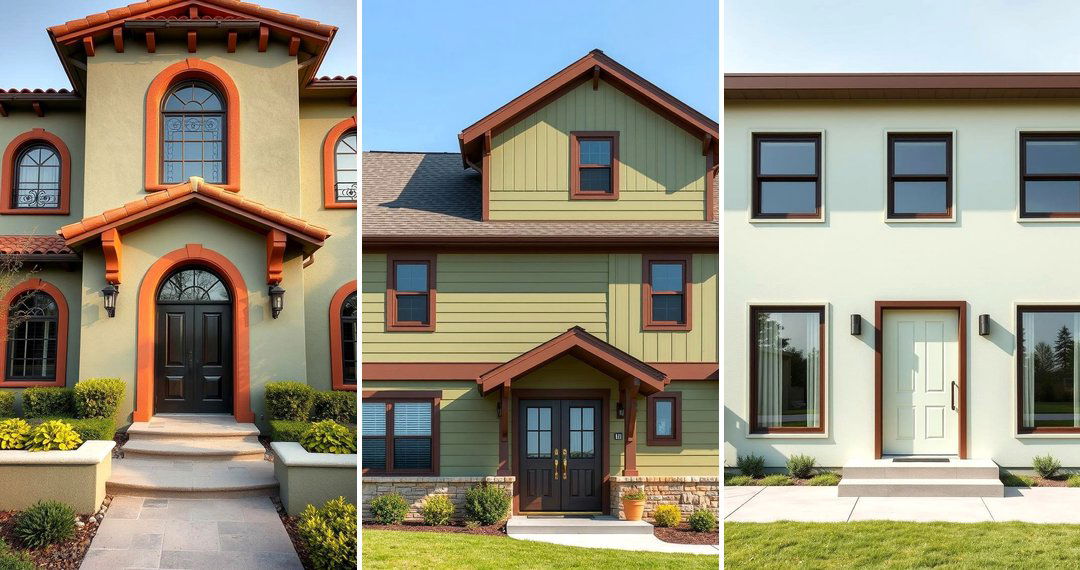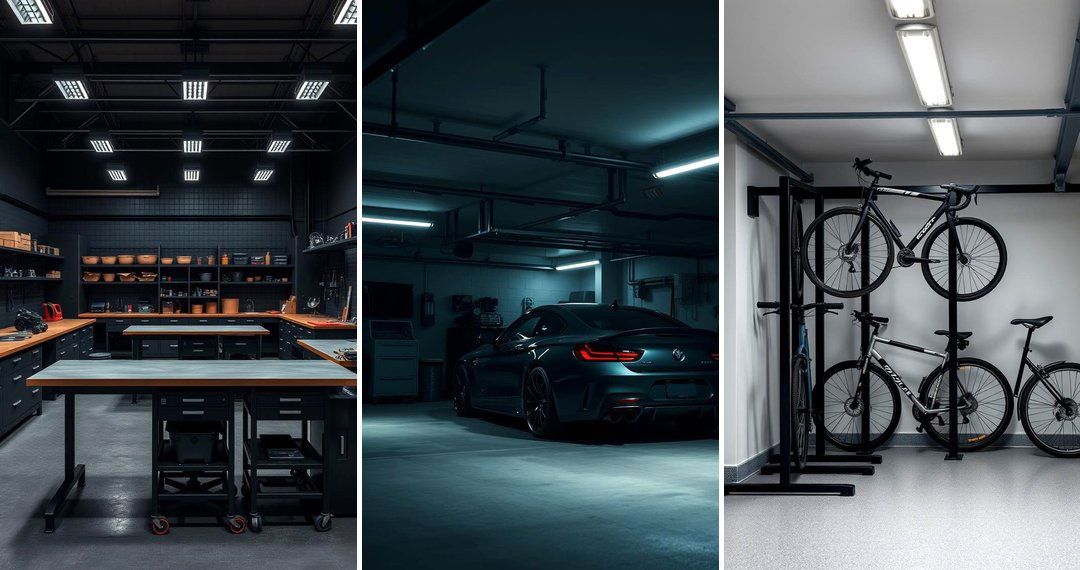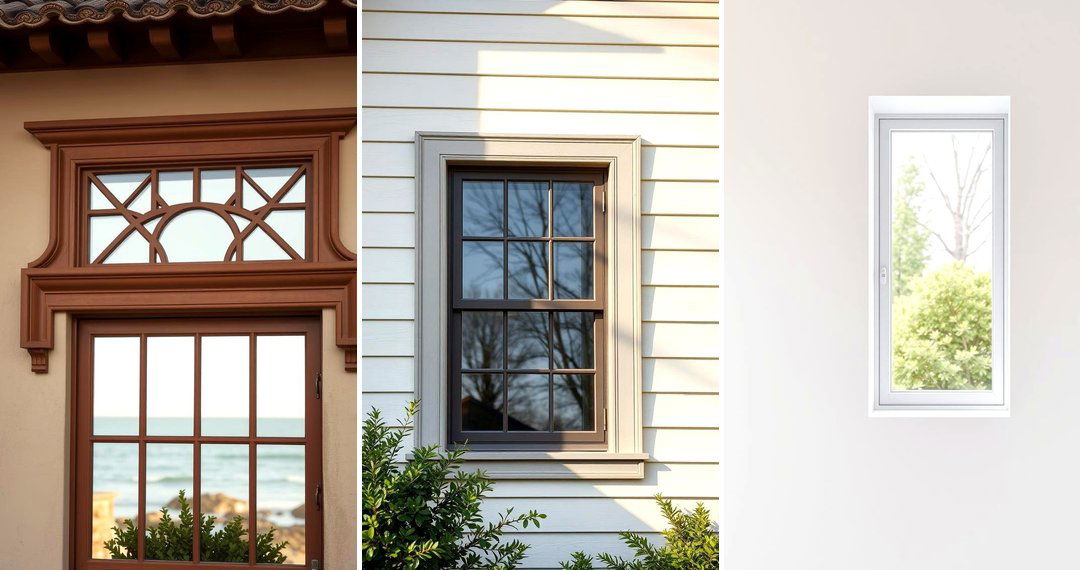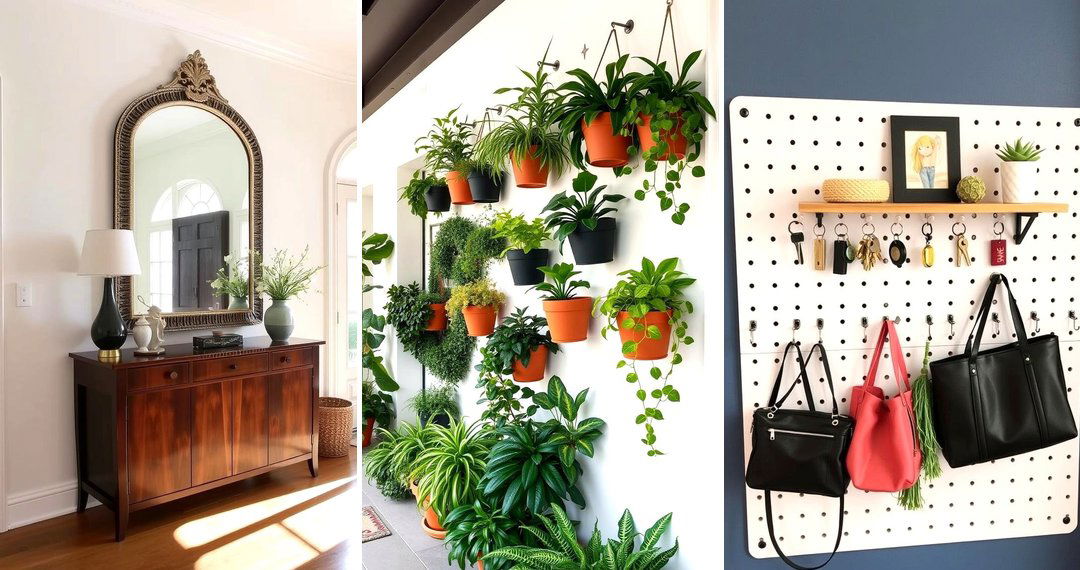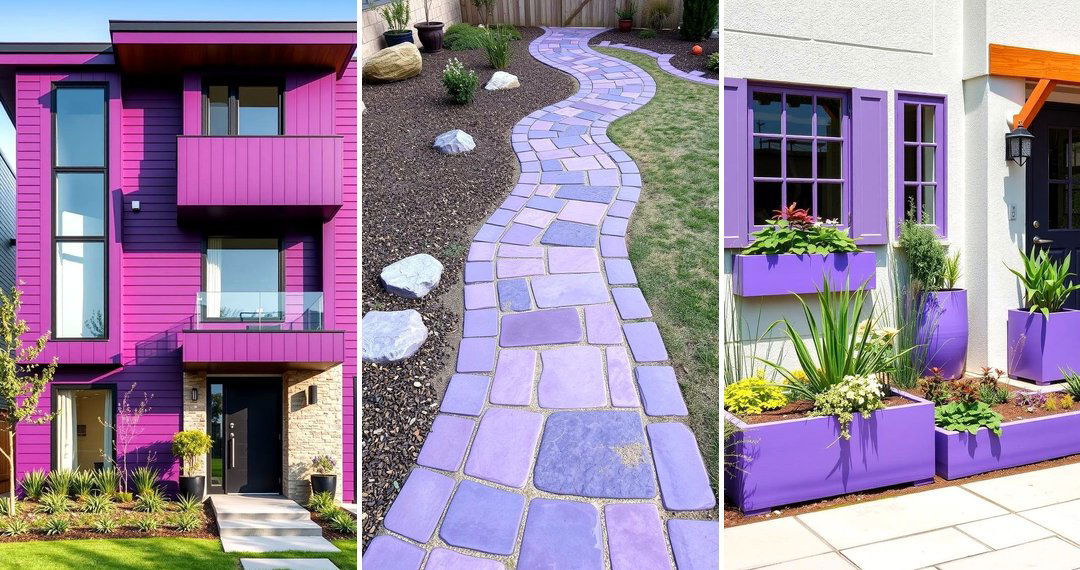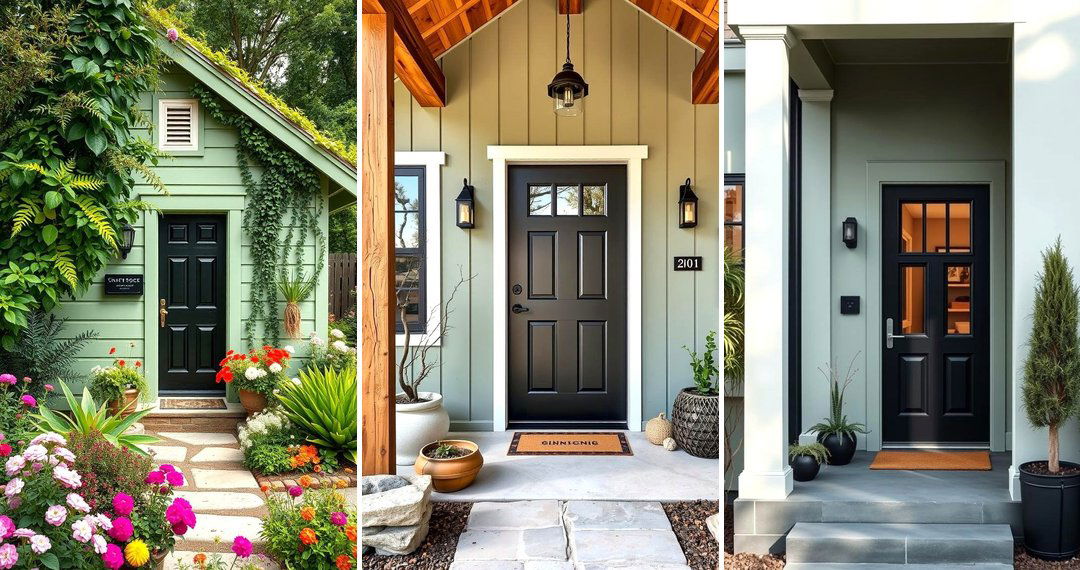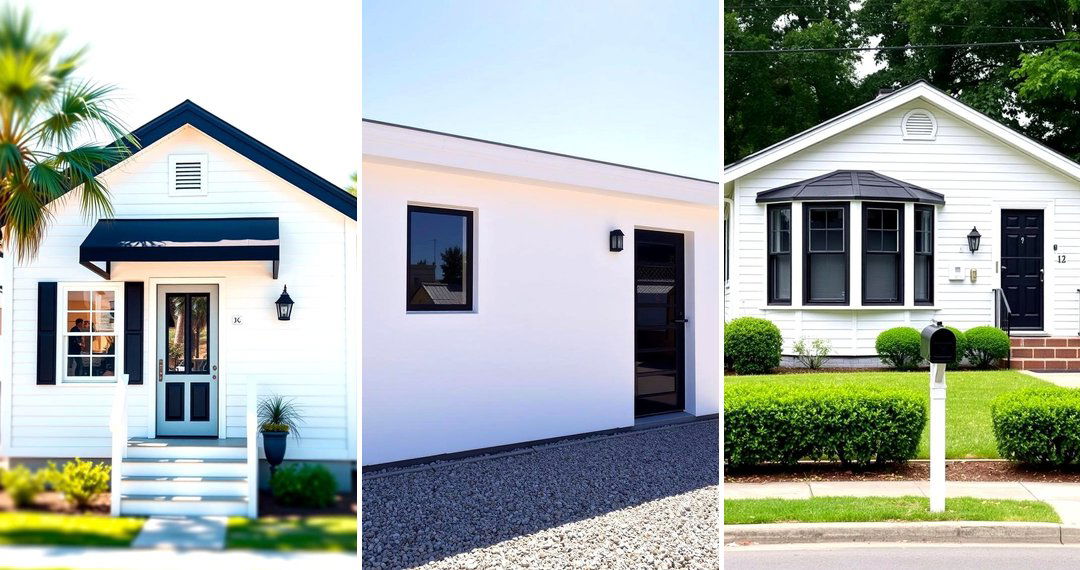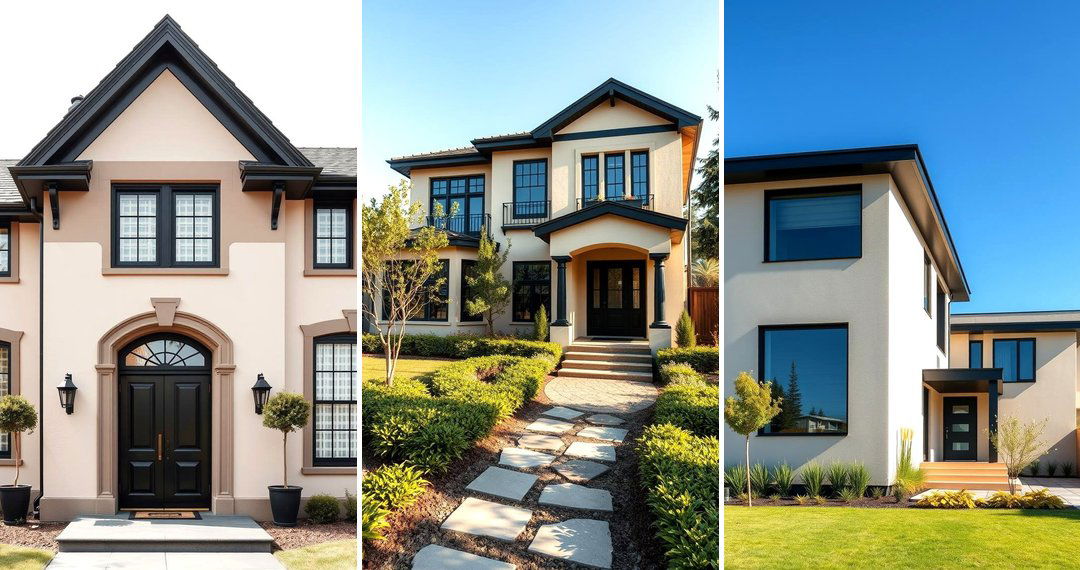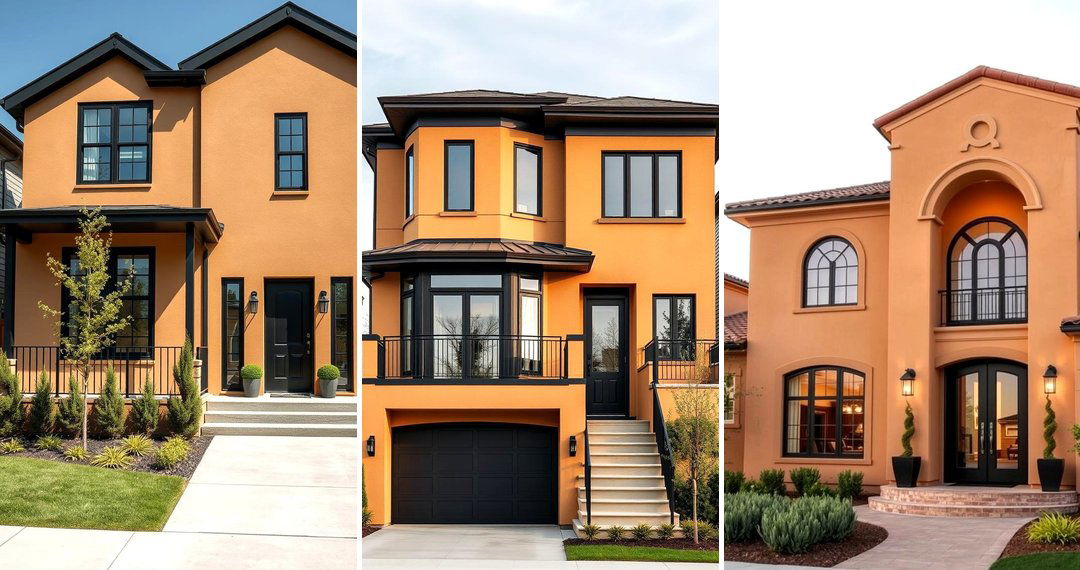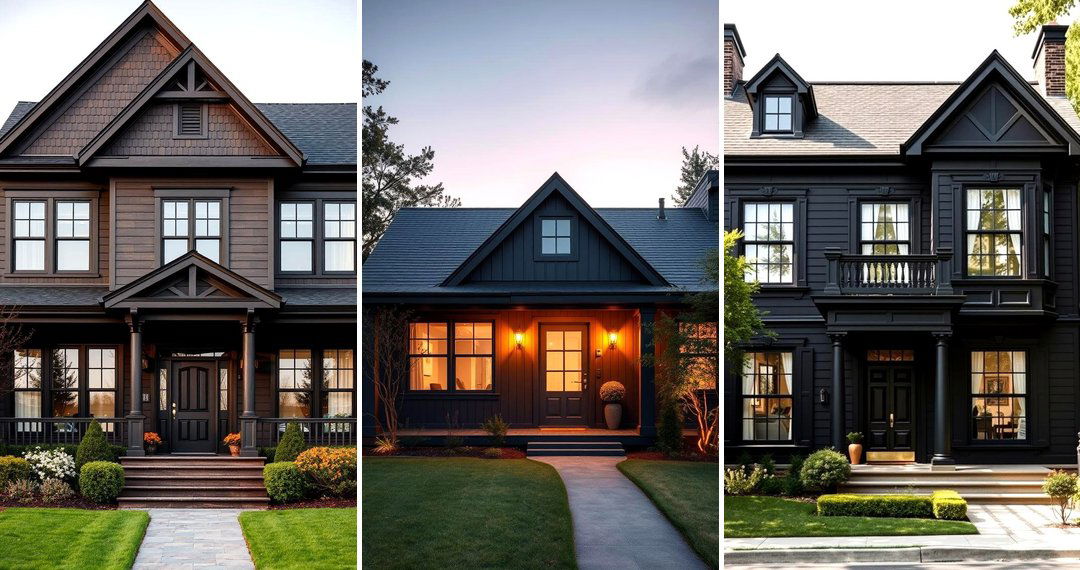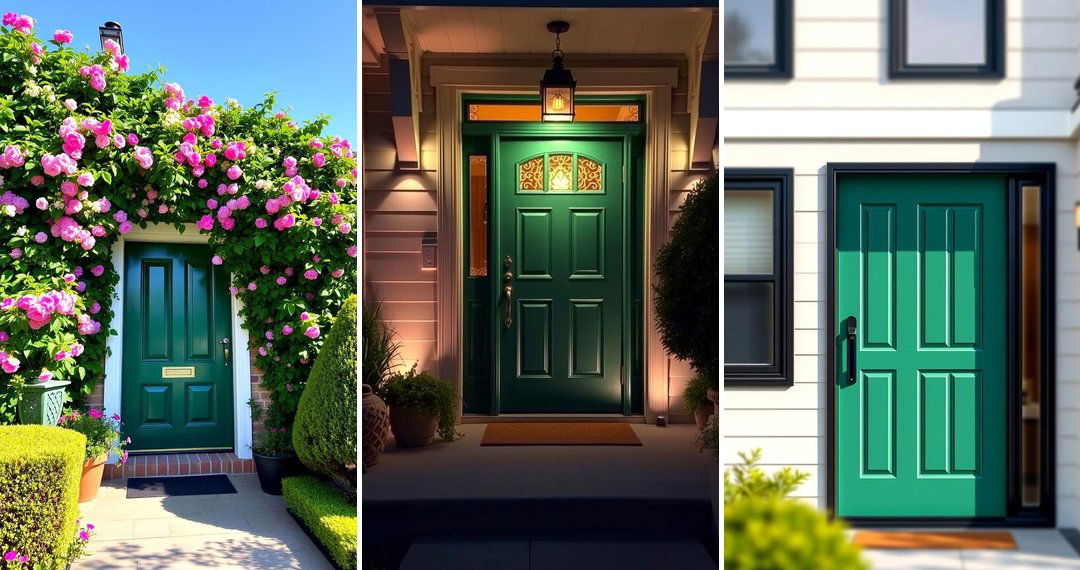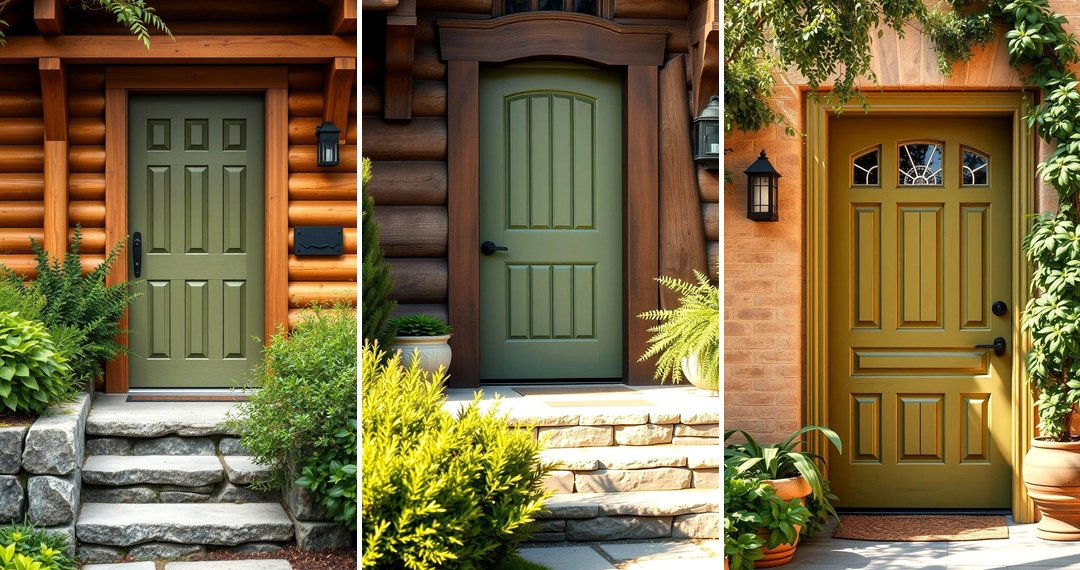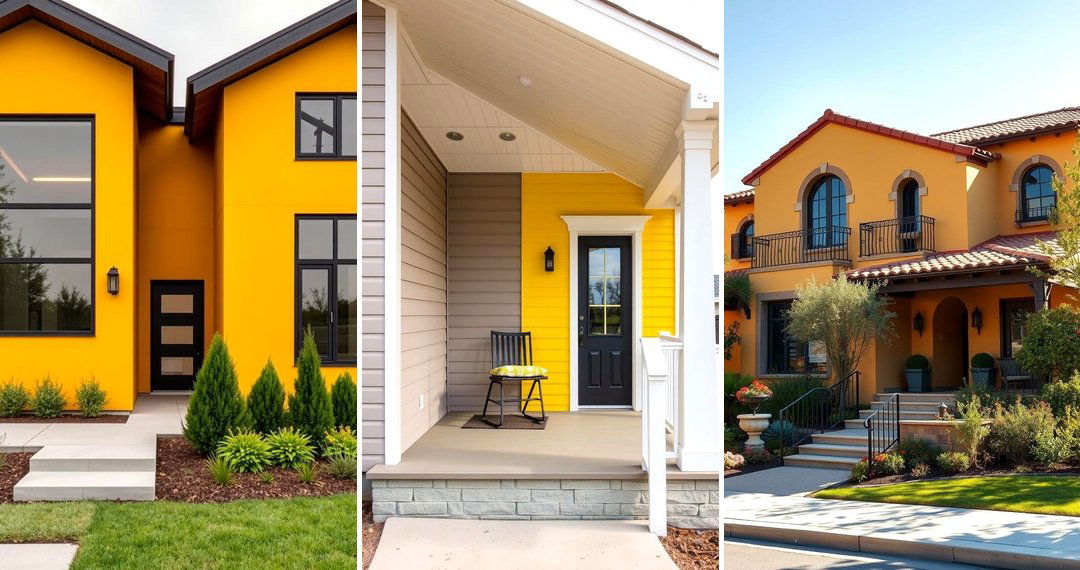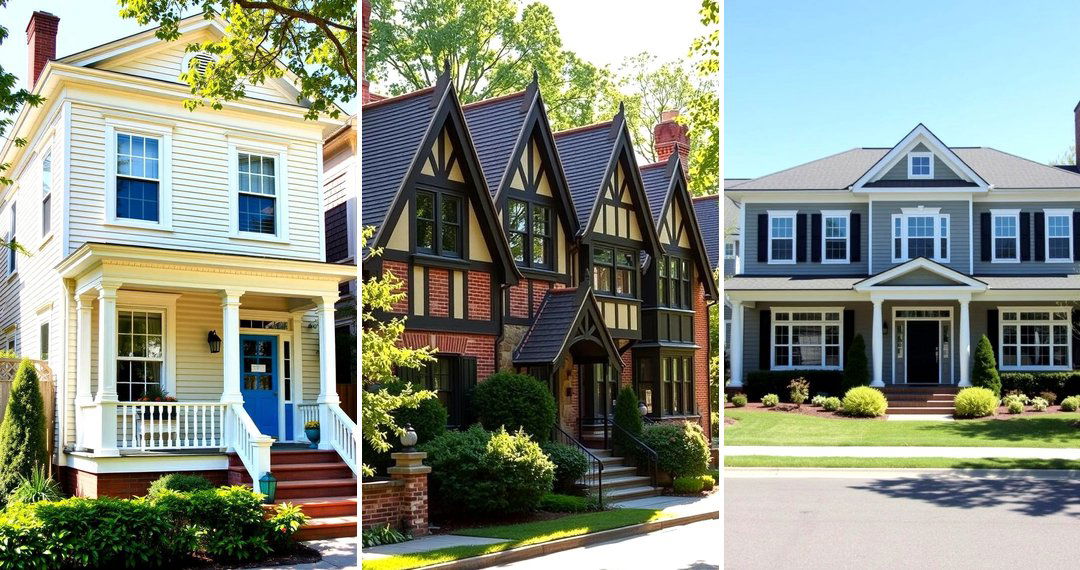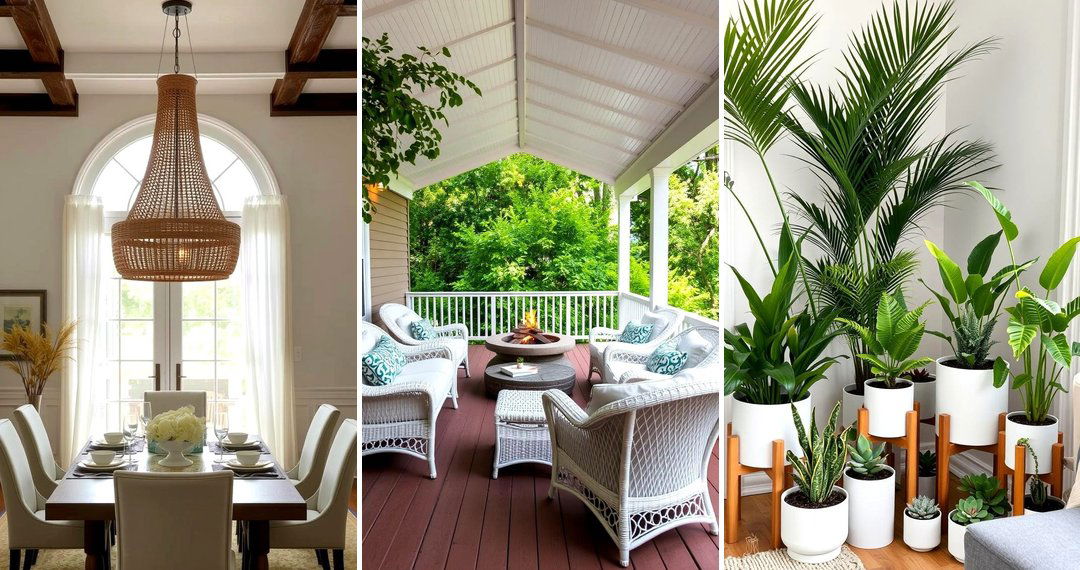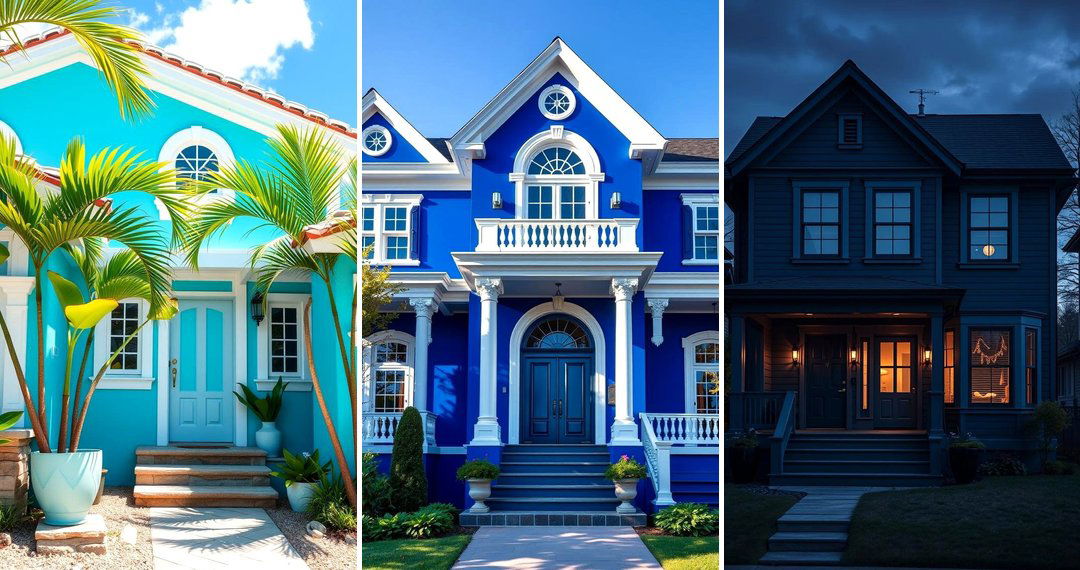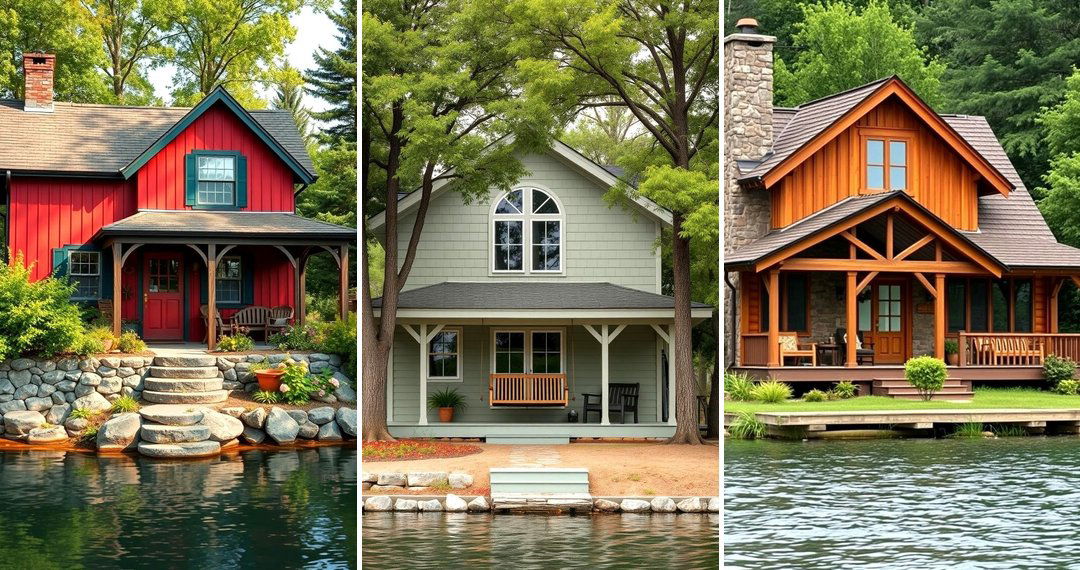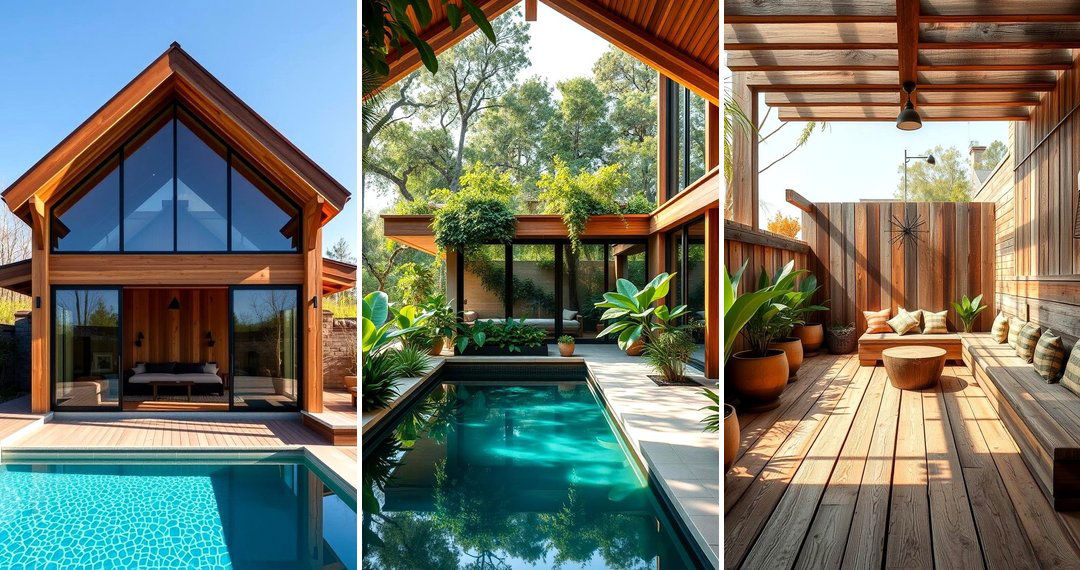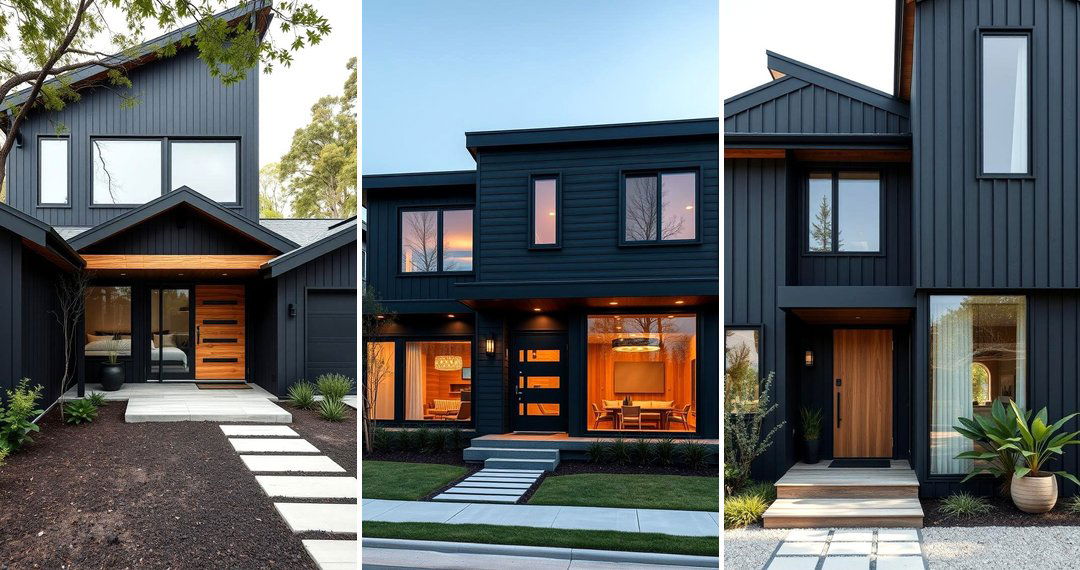The White House, an iconic symbol of American history and governance, often evokes images of its stately facade and meticulously manicured grounds. But have you ever considered the subtle yet significant impact of its doors, particularly those finished in a striking black? Beyond their functional purpose, these black doors can be reimagined as focal points for innovative ideas, blending tradition with contemporary design and practical solutions. Let's embark on a journey to explore 24 unique concepts that integrate the timeless elegance of black doors into the fabric of the White House, each offering a fresh perspective on how this historic landmark can continue to evolve and inspire. Dive in to discover how these seemingly simple architectural elements can spark creativity and enhance the functionality of this remarkable building.
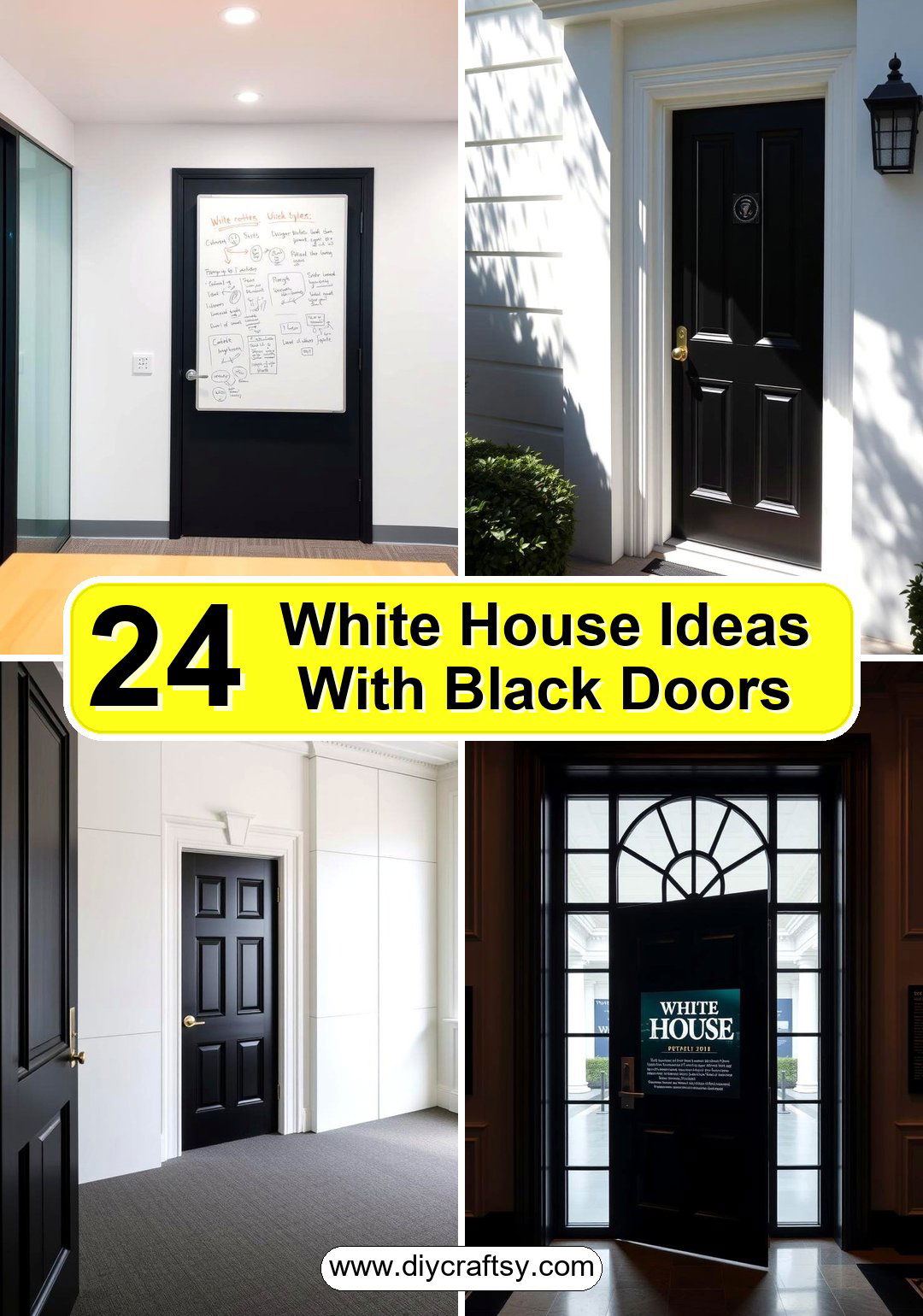
1. Enhanced Security Through Smart Door Technology

Consider the integration of cutting-edge smart technology into the existing black doors. By embedding discreet sensors, biometric scanners, and reinforced locking mechanisms, these doors could offer an unparalleled level of security without compromising their historic appearance. The key benefit here lies in providing a seamless and highly effective security system that is both visually appealing and technologically advanced, ensuring the safety of the occupants and the preservation of the building's integrity.
2. Energy-Efficient Door Materials and Design
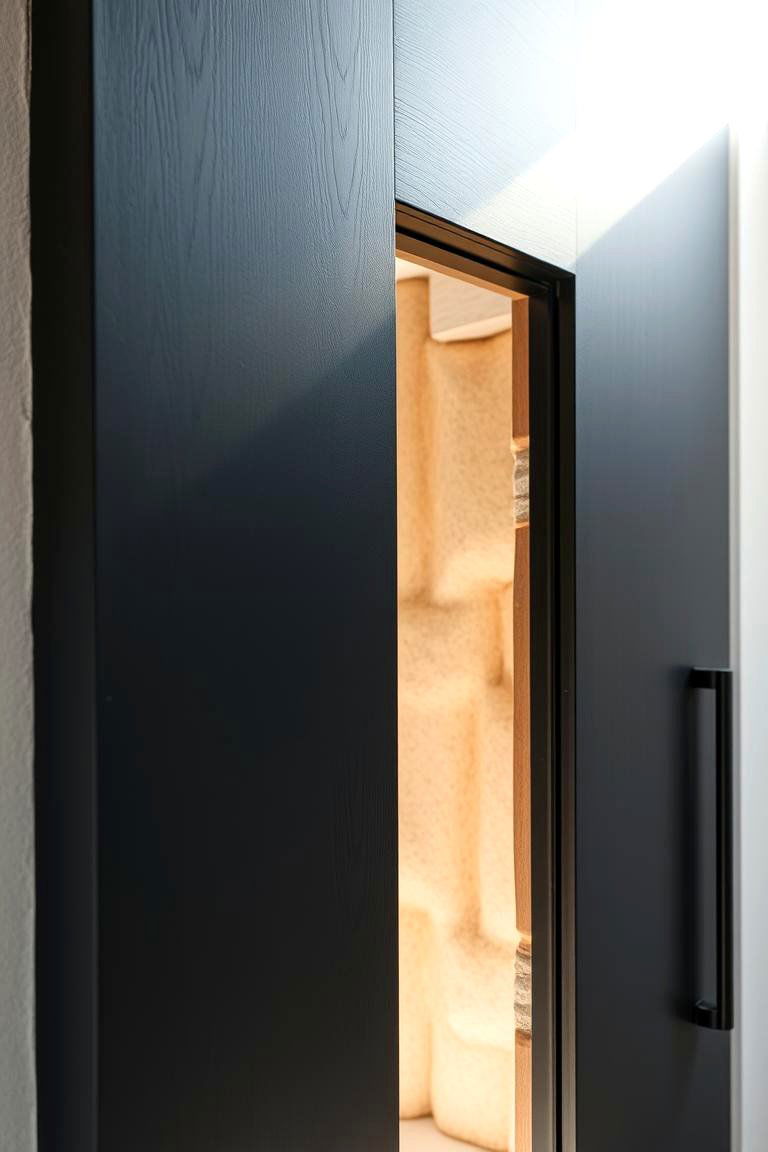
Another compelling idea involves replacing or retrofitting the black doors with modern, energy-efficient materials. Utilizing insulated cores and weather-stripping technologies can significantly reduce heat loss in the winter and heat gain in the summer. This upgrade would lead to substantial energy savings and a reduced environmental footprint for the White House, demonstrating a commitment to sustainability while maintaining the aesthetic appeal of the black doors.
3. Integrated Solar Panels for Discreet Power Generation
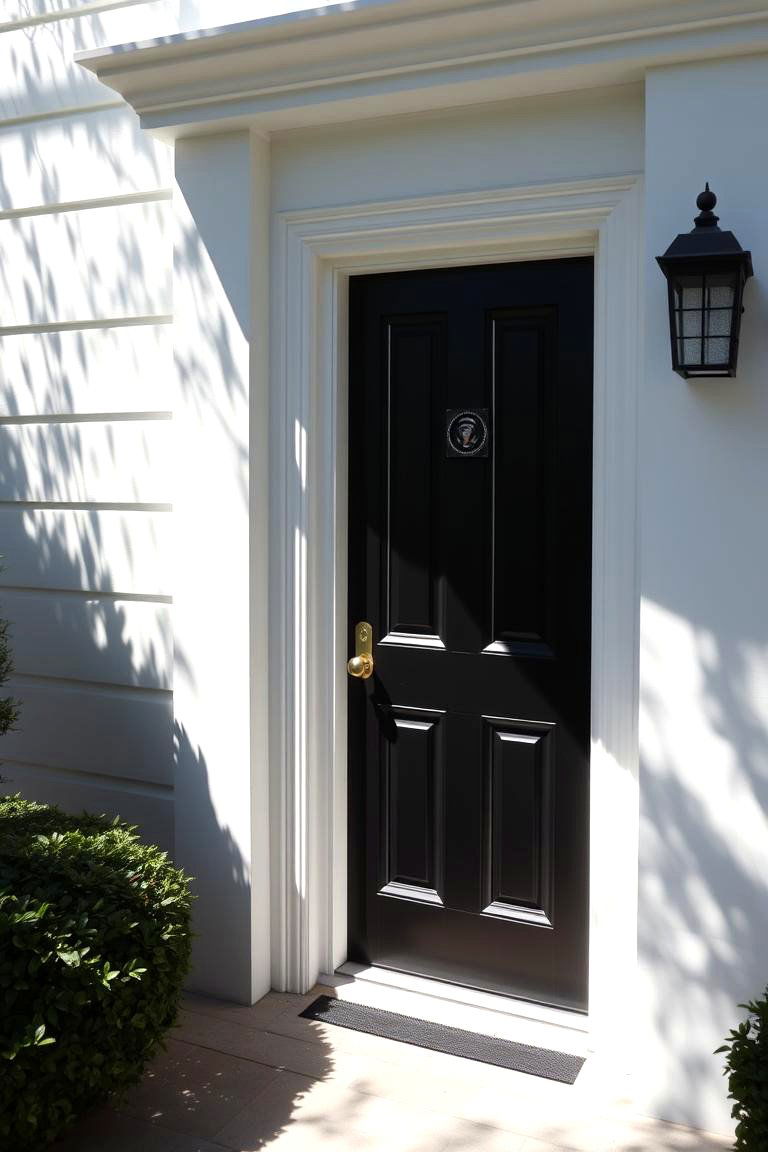
Take the concept of energy efficiency a step further by incorporating thin-film solar panels into the black door surfaces. These panels, virtually invisible to the naked eye, could generate a small but consistent source of renewable energy. The advantage of this approach is the ability to harness solar power in an unobtrusive way, contributing to the White House's overall energy independence and showcasing innovative green technology.
4. Interactive Information Displays on Door Surfaces
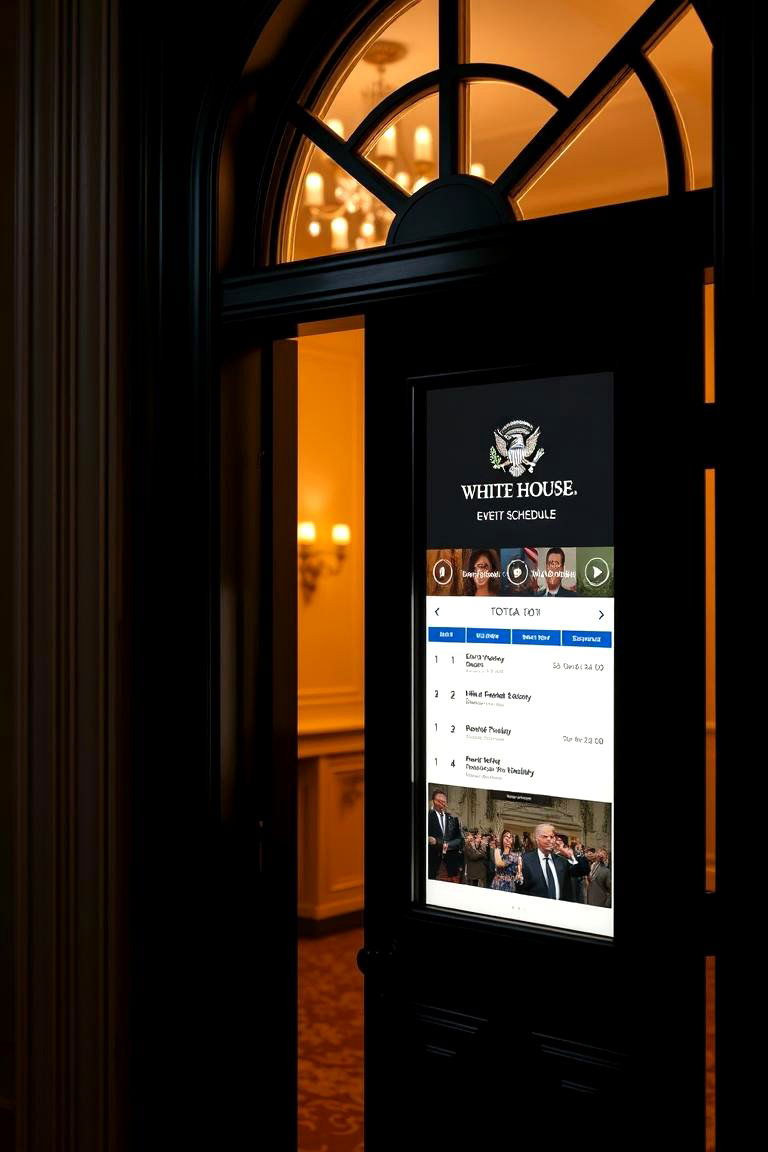
What if some of the black doors could double as interactive information displays? Imagine a touch-sensitive surface that provides visitors or staff with schedules, historical facts, or even wayfinding information. This innovative use of space would enhance engagement and provide valuable information in a visually appealing manner, turning ordinary doors into dynamic communication tools.
5. Black Doors as Canvases for Rotating Art Installations
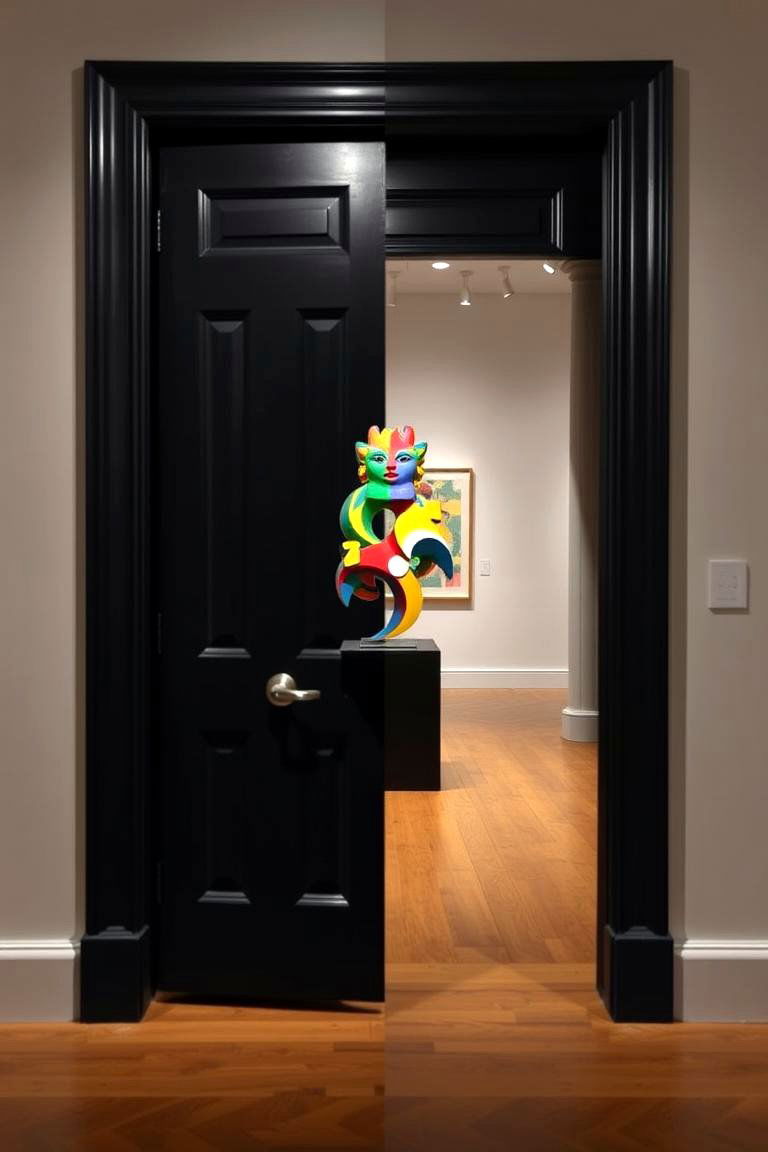
For a touch of artistic flair, envision the black doors serving as backdrops for temporary art installations. Specially designed mounting systems could allow for the display of rotating exhibits by contemporary artists, adding a dynamic cultural element to the White House. This initiative would celebrate American art and offer a fresh visual experience for those who frequent the building.
6. Soundproofed Doors for Enhanced Privacy and Focus
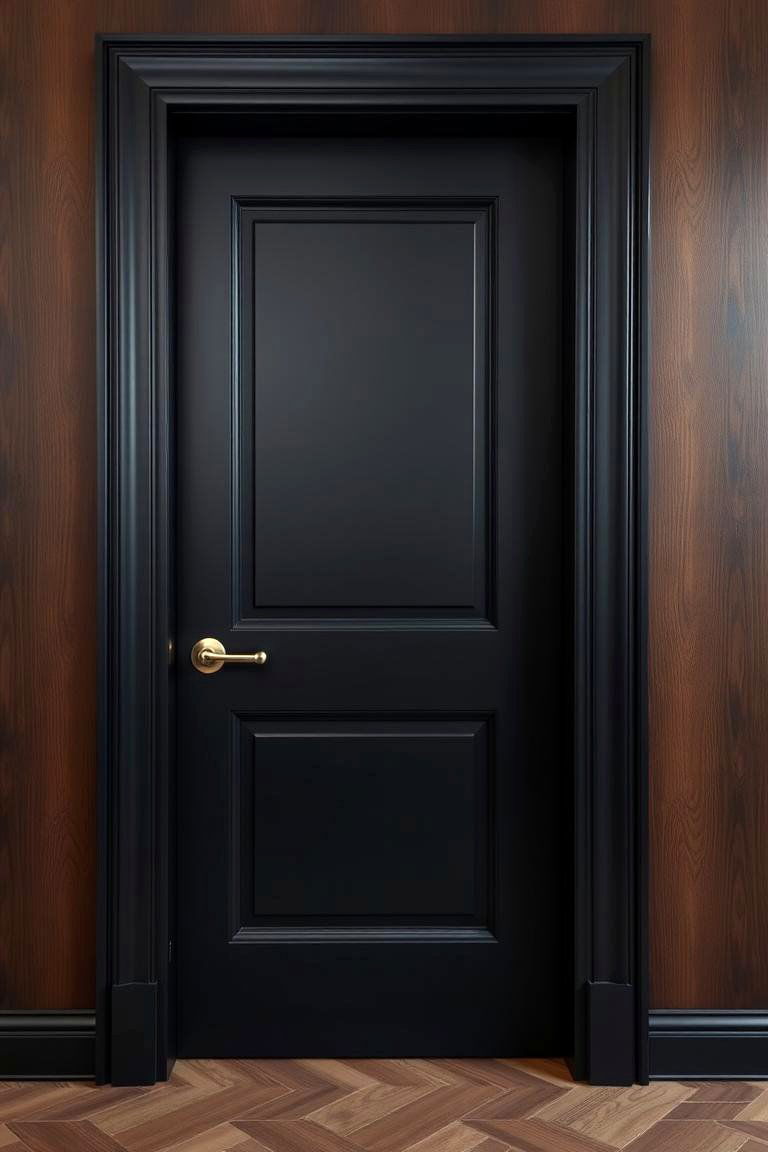
With the need for confidential discussions and focused work, installing soundproofed black doors in key areas could be highly beneficial. These doors would create quieter and more private spaces, allowing for sensitive meetings and concentrated work without external distractions. The practical advantage is an improved working environment conducive to productivity and discretion.
7. Automated Door Operation for Accessibility
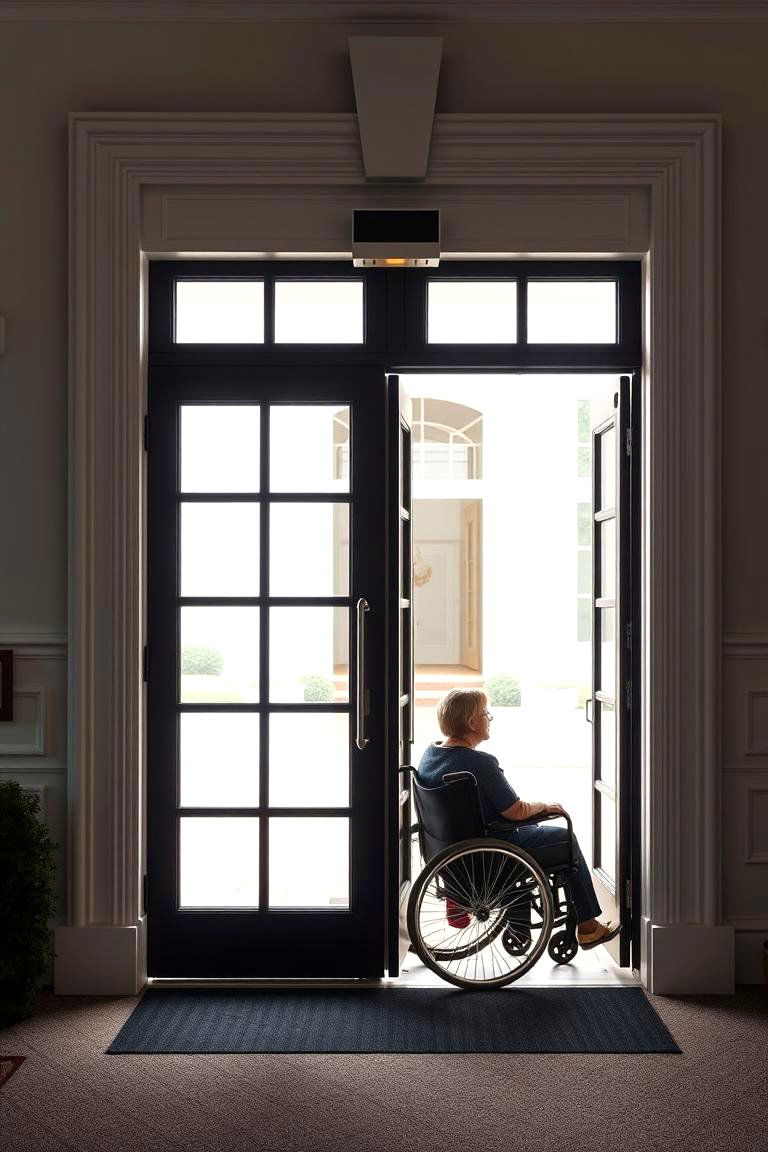
Bringing greater accessibility to the White House, consider automating the operation of some of the black doors. With discreet sensors and smooth, quiet mechanisms, these doors could open automatically for individuals with mobility challenges, ensuring a more inclusive environment. This thoughtful upgrade would demonstrate a commitment to accessibility for all.
8. Integrated Air Purification Systems within Doors
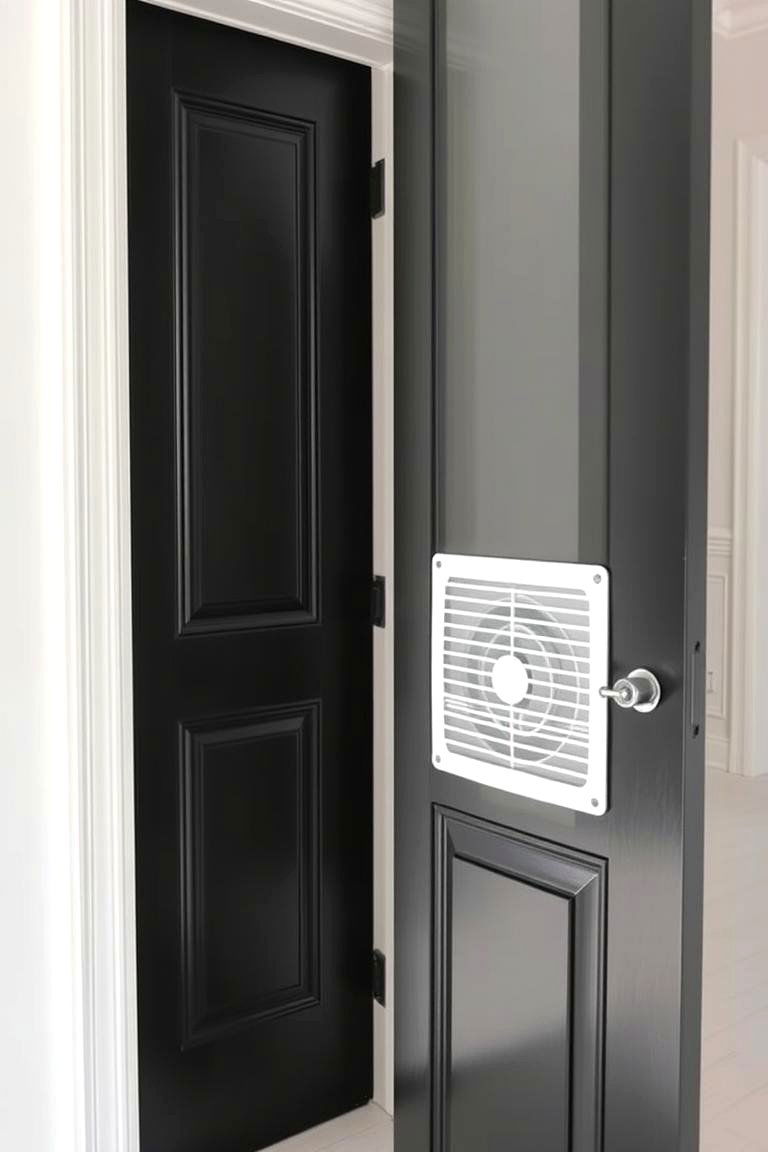
Another innovative idea involves integrating air purification systems within the structure of the black doors. These systems could silently filter the air as it circulates through doorways, improving indoor air quality and creating a healthier environment. The benefit is a discreet and effective way to enhance the well-being of occupants and visitors.
9. Black Doors as Emergency Exits with Enhanced Visibility
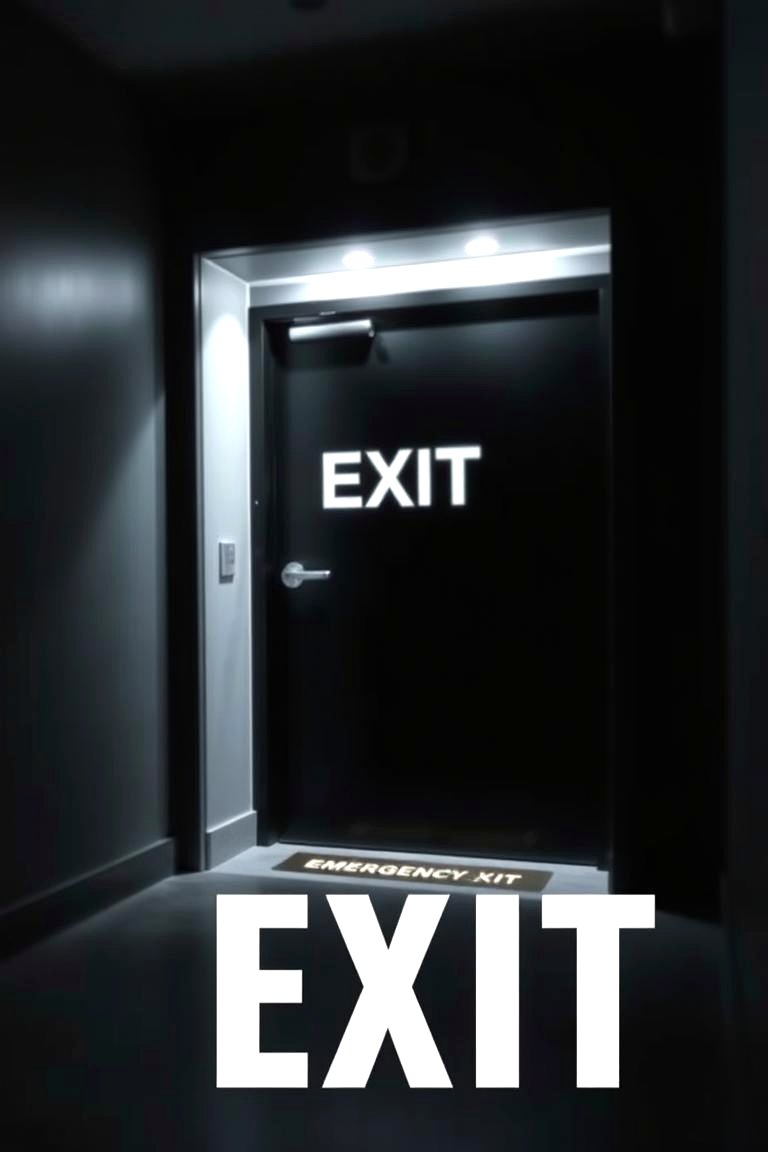
For safety and security, certain black doors could be designated as emergency exits with enhanced visibility features. This might include subtle, integrated lighting that illuminates the exit path during emergencies, ensuring clear and safe evacuation routes. The practical advantage is improved safety and preparedness in critical situations.
10. Climate-Controlled Doorways for Preservation
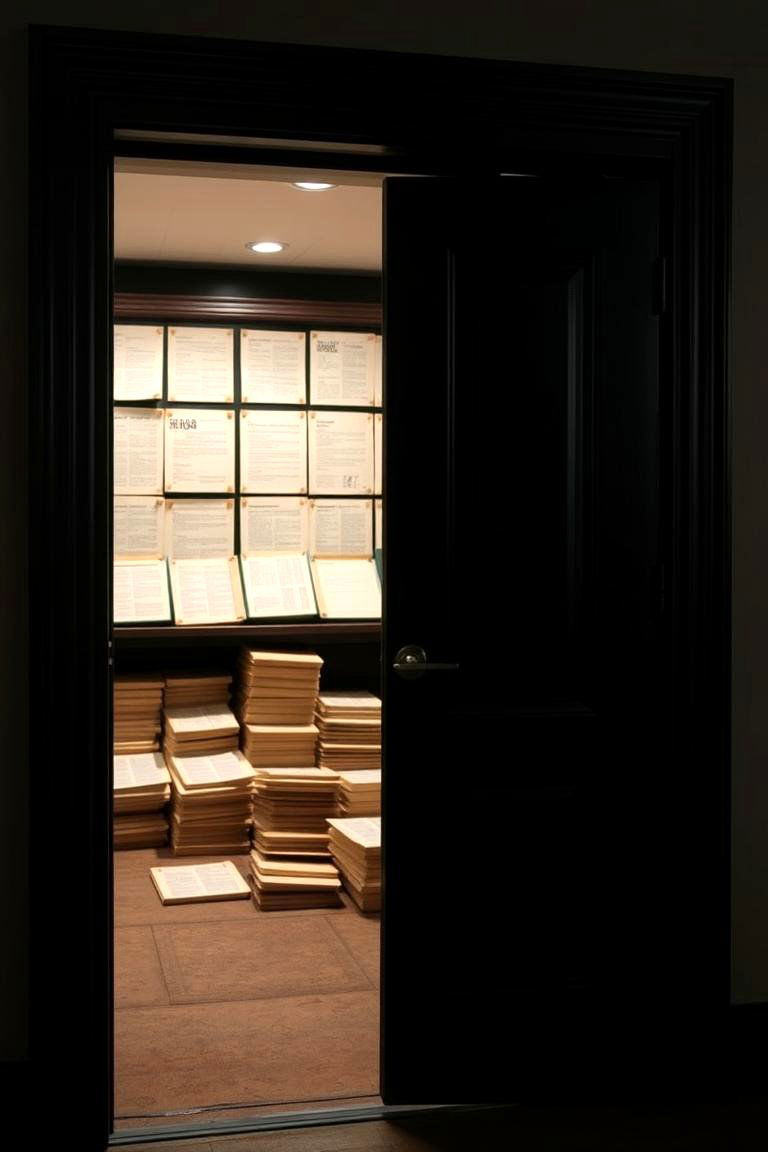
To protect valuable artifacts and maintain optimal environmental conditions within specific rooms, consider implementing climate-controlled doorways featuring specialized black doors. These doors would create a tight seal, regulating temperature and humidity levels to preserve sensitive materials. This is particularly beneficial for areas housing historical documents or artwork.
11. Black Doors with Embedded Historical Plaques or Information
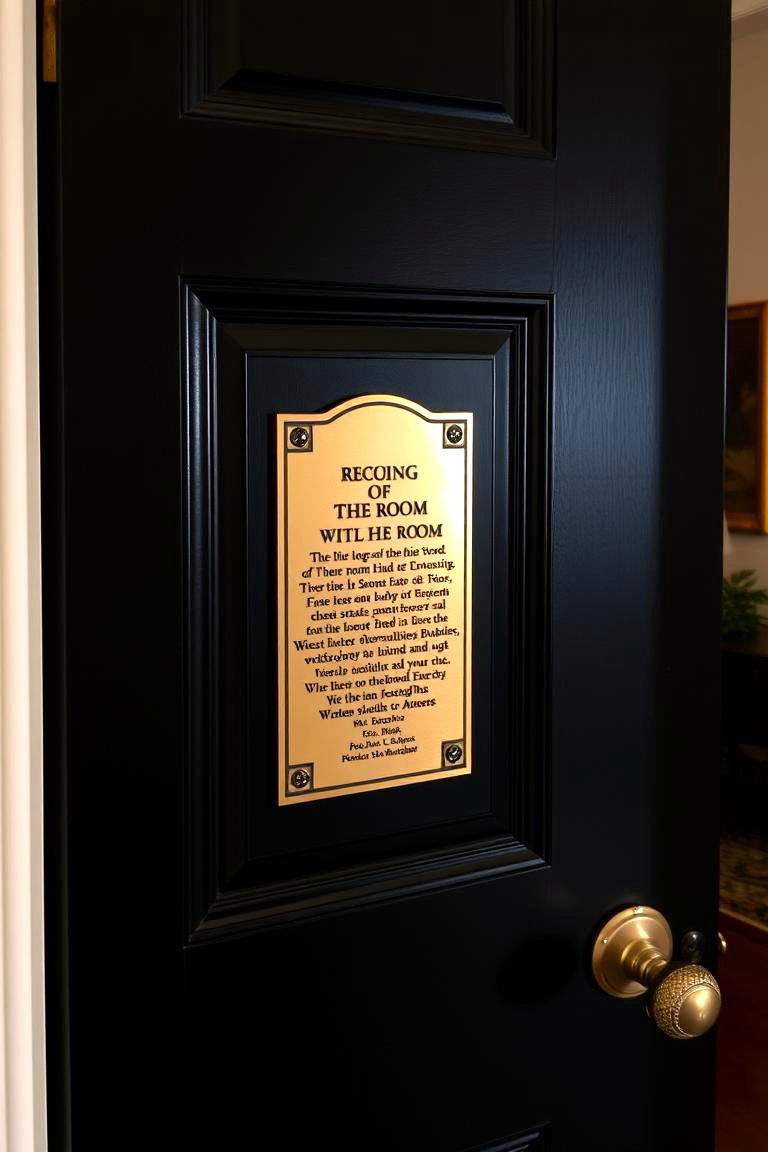
Taking a historical approach, some black doors could feature embedded plaques or subtle displays providing information about the history of the specific room or area they access. This would add an educational element and allow visitors to learn more about the White House as they move through its spaces. The benefit is an enriching and informative experience for those exploring the building.
12. Modular Black Door Panels for Flexible Space Configuration
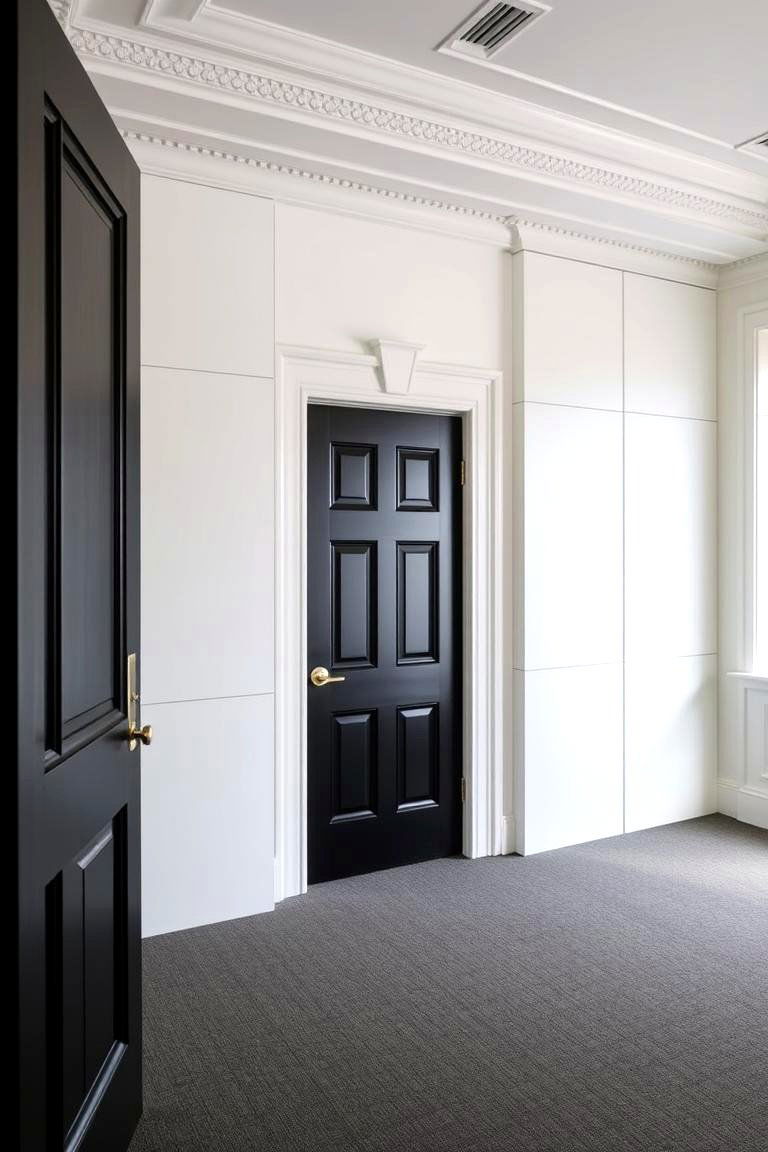
Imagine black doors designed with modular panels that can be easily reconfigured to adjust the size or layout of rooms. This flexibility would allow for adaptable spaces that can accommodate different events or needs, providing a practical solution for optimizing the use of interior areas.
13. Black Doors with One-Way Mirror Inserts for Security Observation
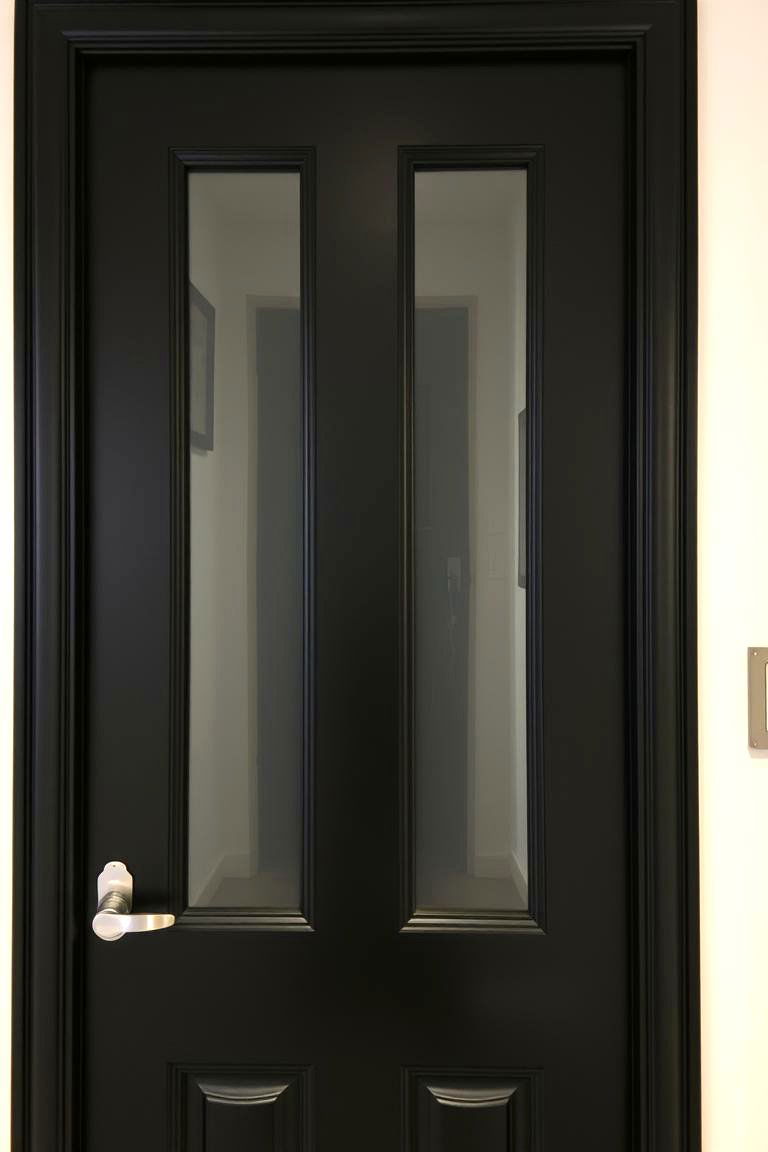
In certain strategic locations, black doors could be fitted with one-way mirror inserts. This would allow security personnel to discreetly observe activity in adjacent areas without being seen, enhancing security measures while maintaining the aesthetic consistency of the doors.
14. Doors Leading to Hidden Gardens or Private Balconies
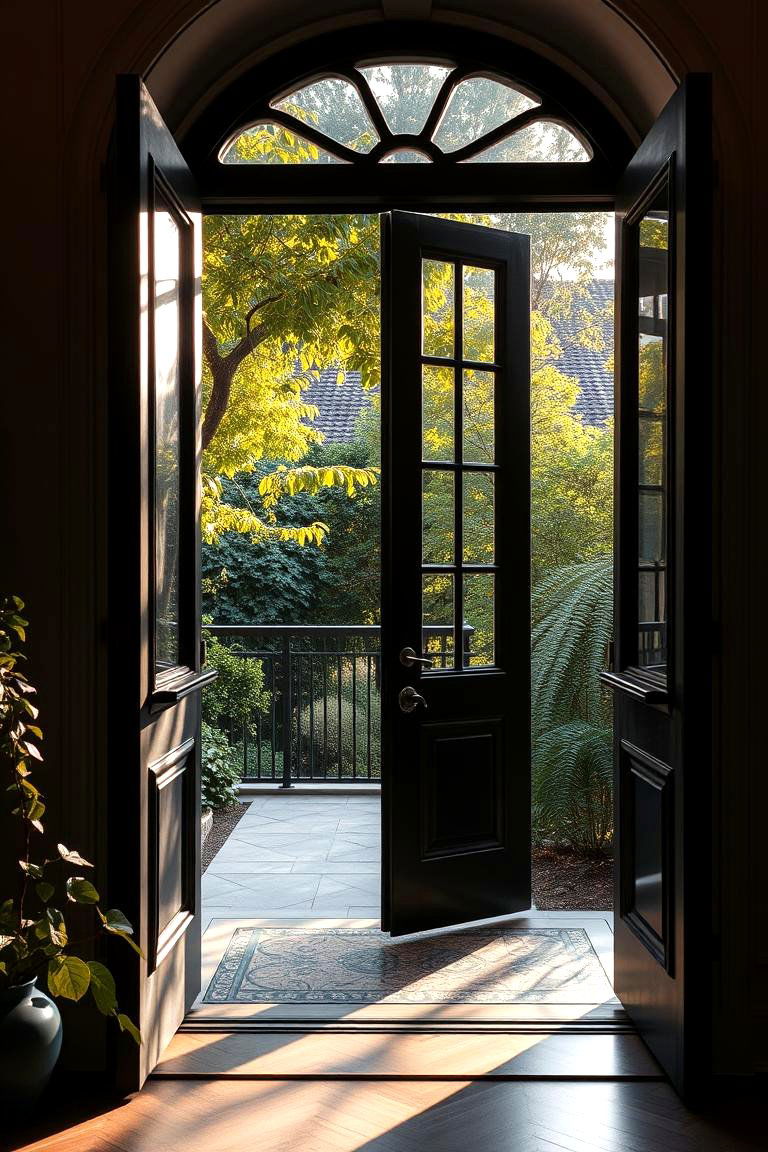
Consider transforming some underutilized spaces into hidden gardens or private balconies accessible through elegant black doors. These secluded outdoor areas would provide tranquil retreats for occupants, offering a space for relaxation and contemplation. The benefit is an enhanced quality of life and access to nature within the White House grounds.
15. Black Doors as Entry Points to Interactive Museum Exhibits
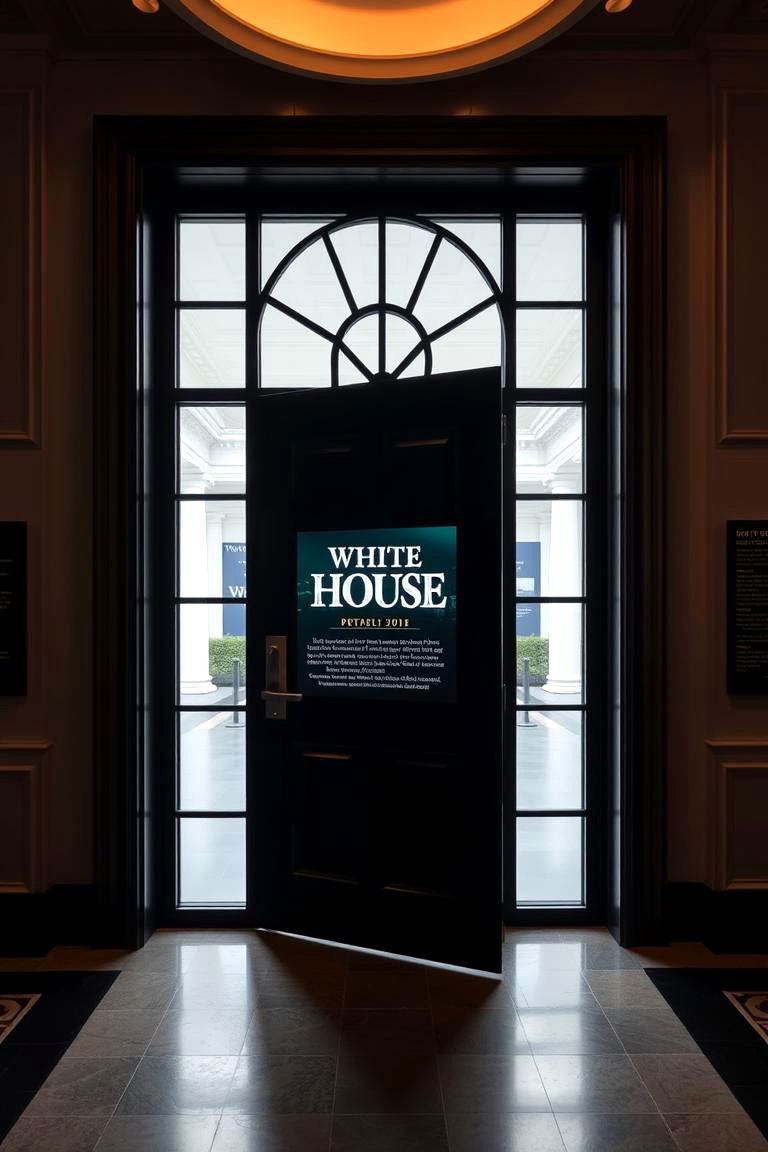
For public tours, some black doors could serve as dramatic entry points to interactive museum exhibits within the White House. These entrances could be designed to create a sense of anticipation and immersion, enhancing the visitor experience and making history more engaging.
16. Black Doors Featuring Braille or Tactile Elements for Visually Impaired Visitors
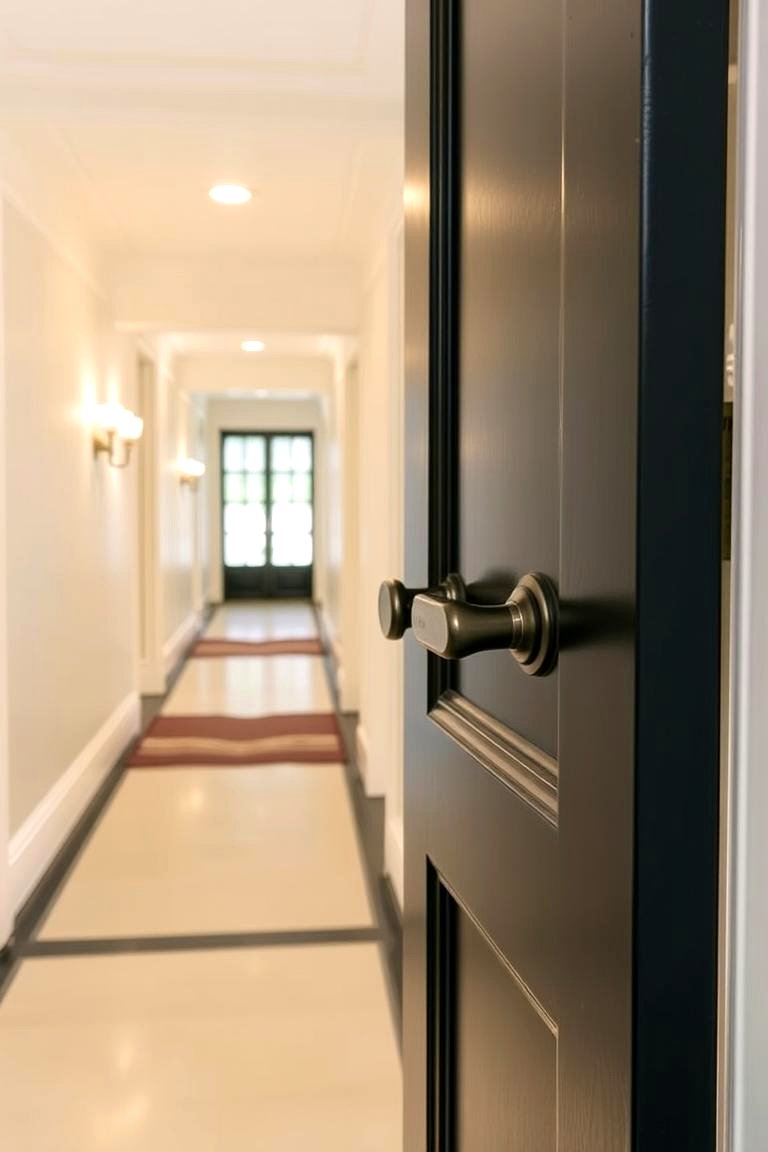
To enhance accessibility for visually impaired individuals, consider incorporating Braille signage or tactile elements onto the surfaces of some black doors, providing essential information about the rooms they lead to. This thoughtful detail would promote inclusivity and make the White House more accessible to all.
17. Black Doors with Integrated Whiteboards or Note Surfaces
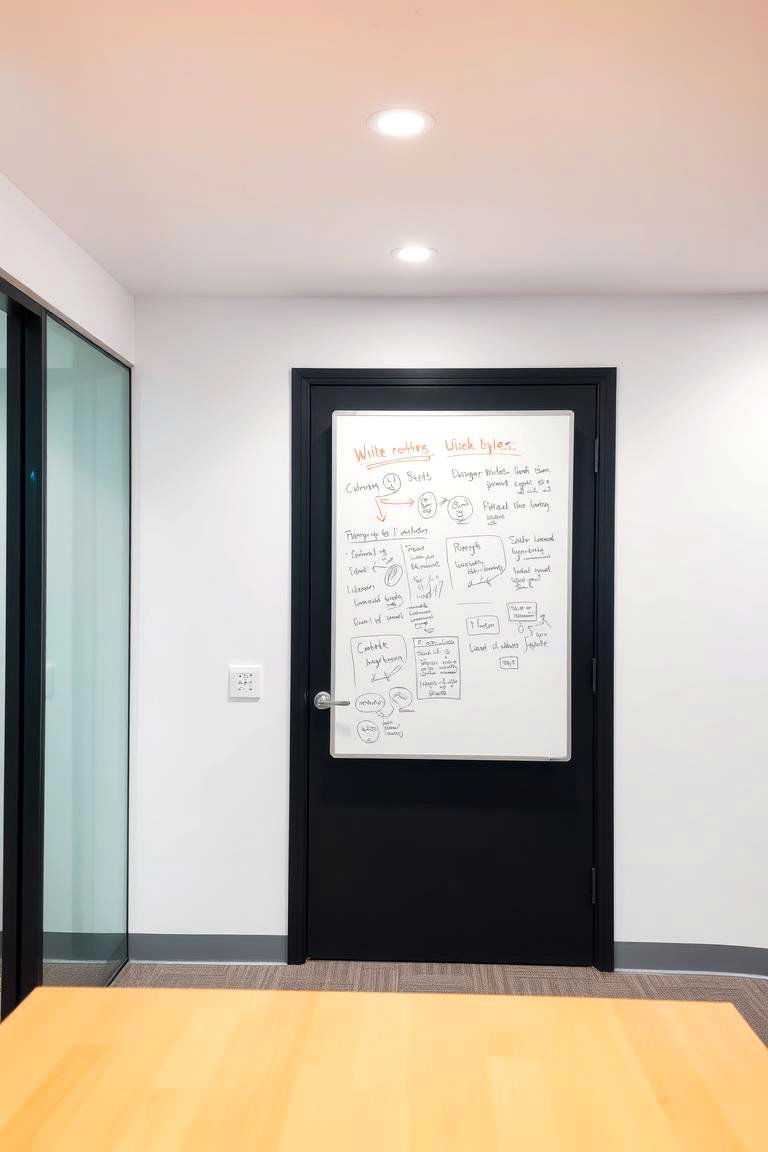
In meeting rooms or collaborative workspaces, some black doors could be designed with integrated whiteboard surfaces or areas where notes can be easily written and erased. This would provide a convenient and readily available space for brainstorming and quick communication.
18. Black Doors That Double as Projection Screens
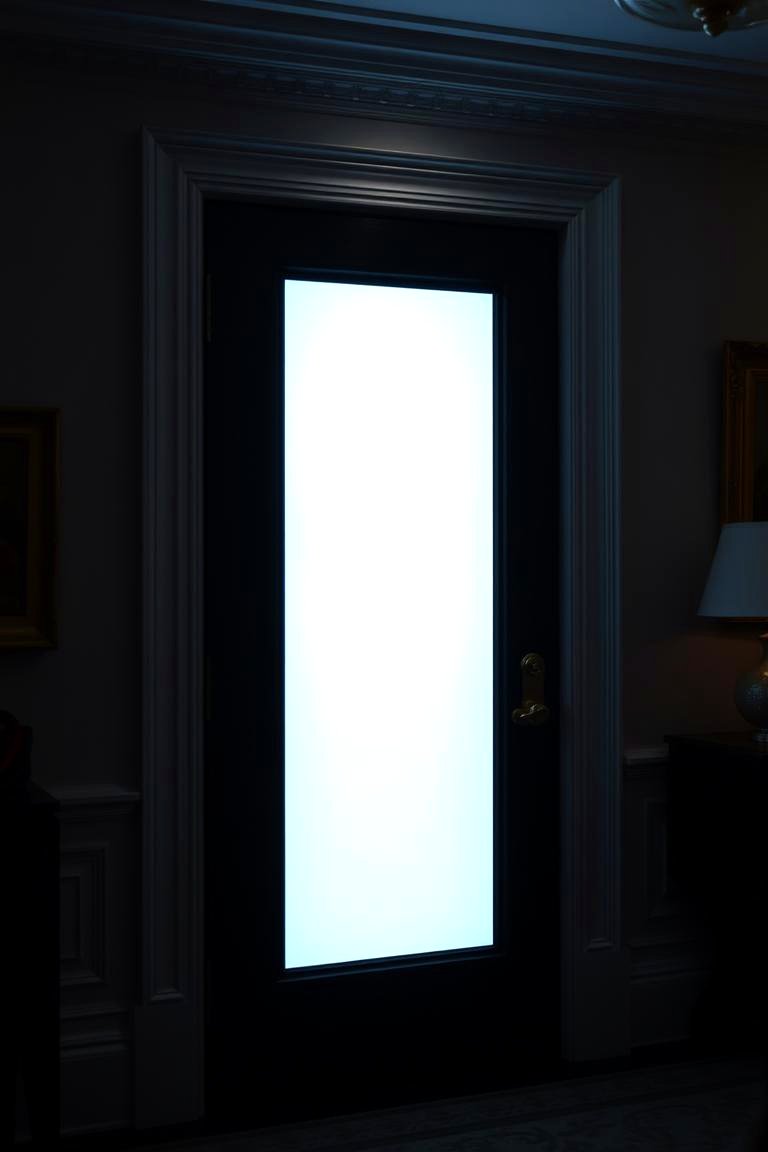
For presentations or informal gatherings, certain black doors could be designed to function as projection screens. With a smooth, matte finish, these doors could offer a large and convenient surface for displaying visual content, eliminating the need for separate screens.
19. Black Doors Leading to Specialized Technology Hubs
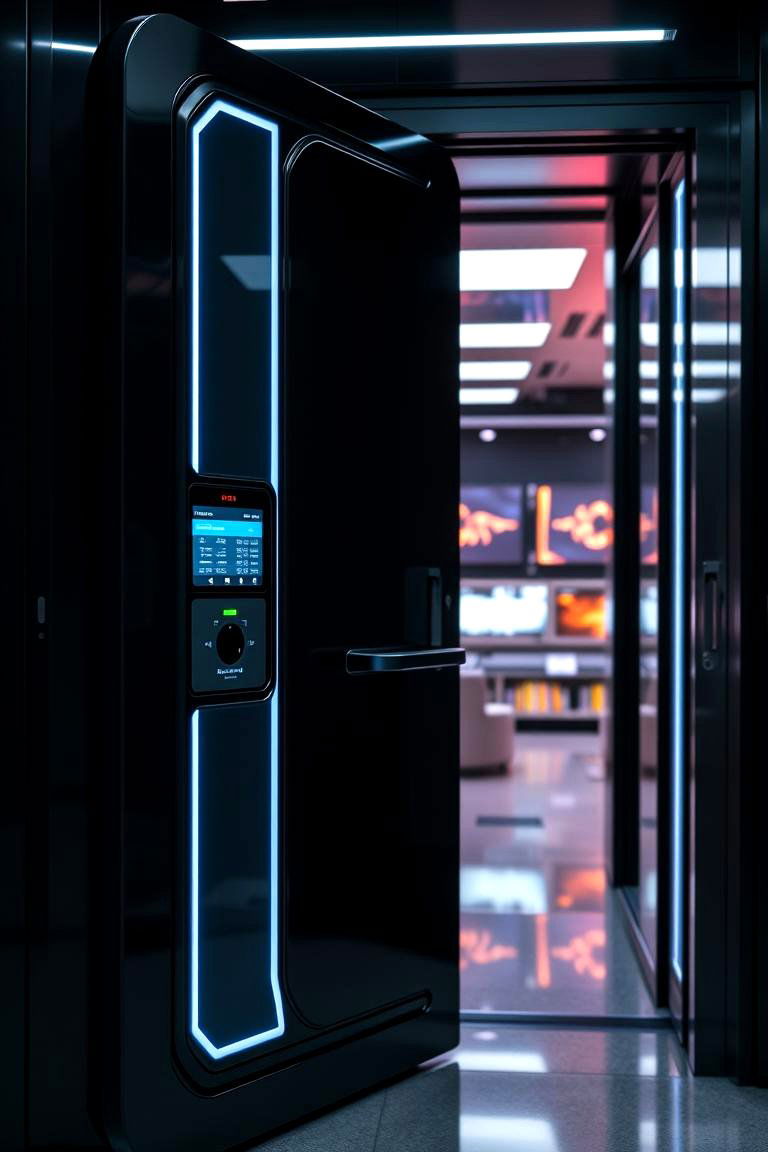
Envision black doors that open into state-of-the-art technology hubs equipped with the latest advancements in communication and information technology. These dedicated spaces would support the operational needs of the White House and facilitate innovation.
20. Black Doors with Embedded Lighting to Guide Pathways
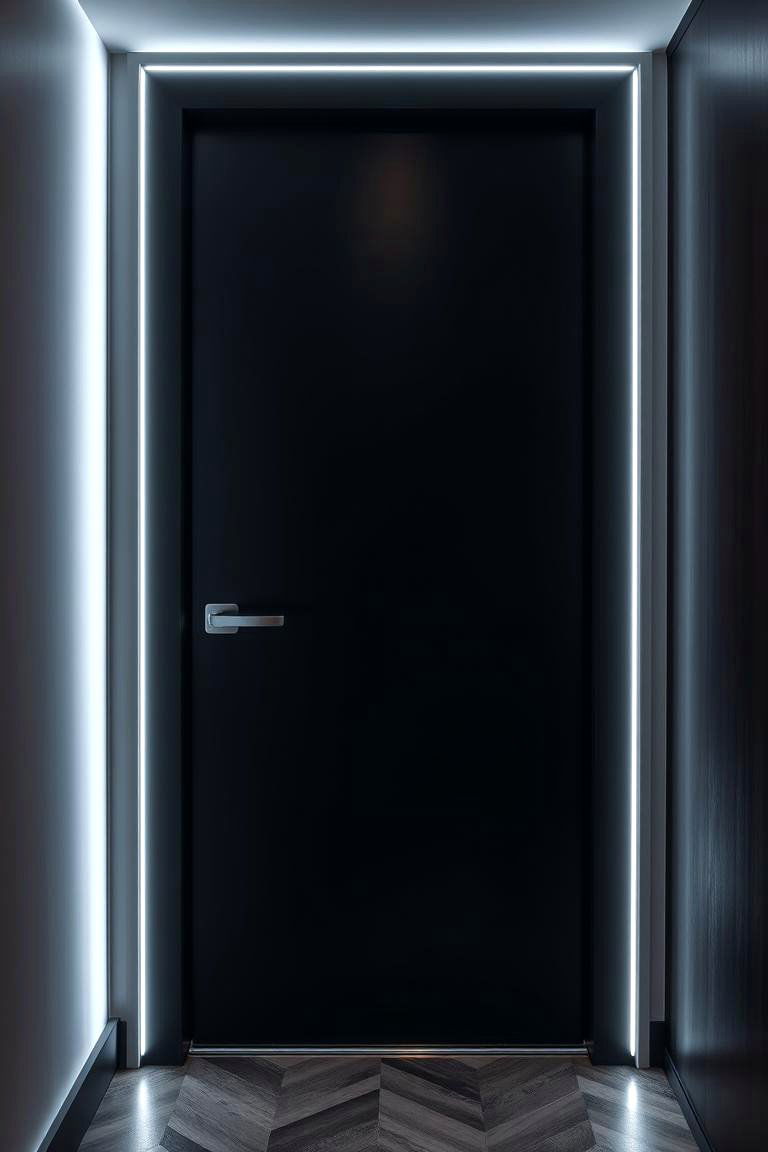
For nighttime navigation or to create a subtle ambiance, some black doors could feature embedded, energy-efficient lighting that illuminates pathways or highlights architectural details. This would enhance safety and add a touch of elegance to the interior spaces.
21. Black Doors Made from Sustainable and Recycled Materials
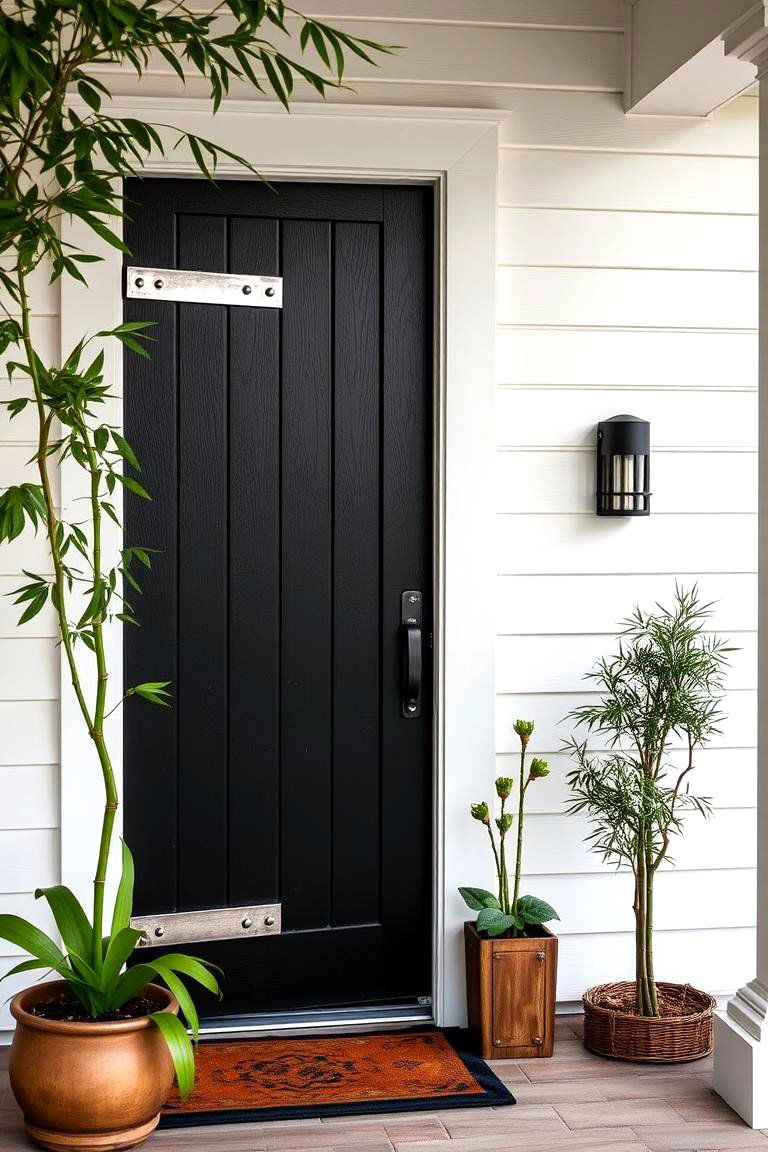
Demonstrating a commitment to environmental responsibility, future black doors could be crafted from sustainable and recycled materials without sacrificing durability or aesthetic appeal. This would showcase the White House's dedication to green building practices.
22. Black Doors as Symbolic Transitions Between Different Eras or Themes
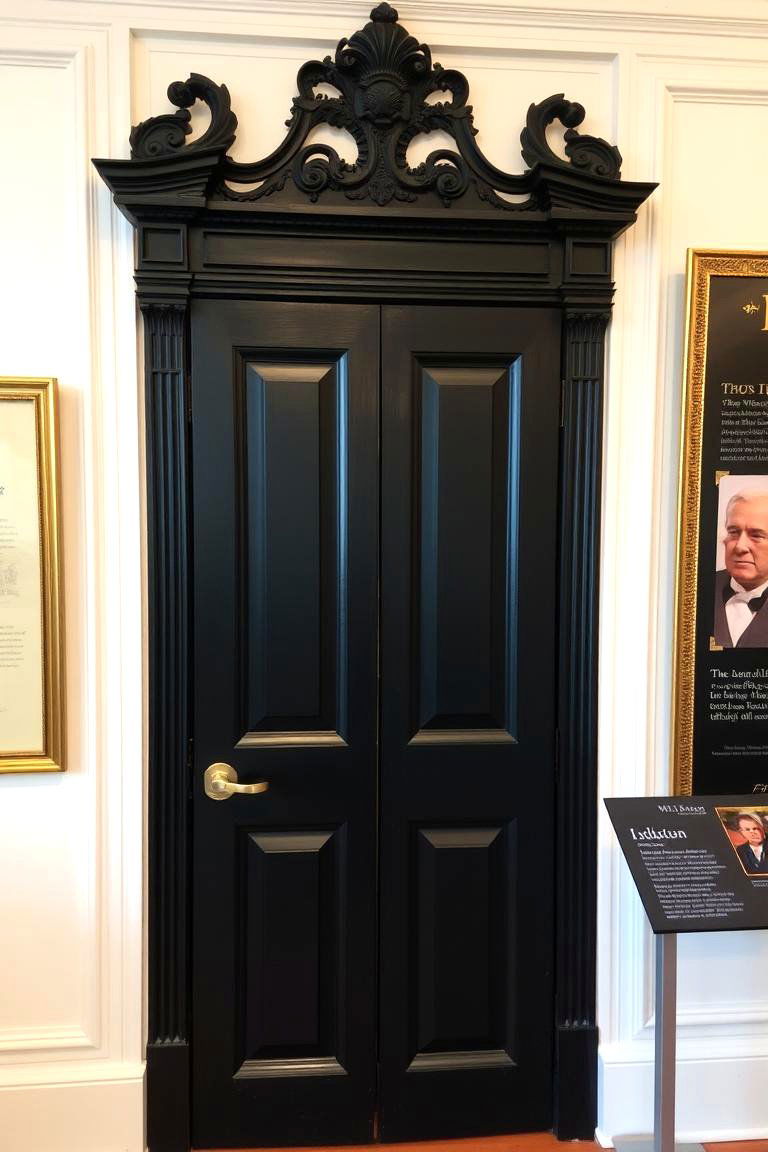
Within the White House museum areas, black doors could be used symbolically to mark transitions between different historical periods or thematic exhibits, creating a sense of journey and discovery for visitors.
23. Black Doors with Built-in Charging Stations for Electronic Devices
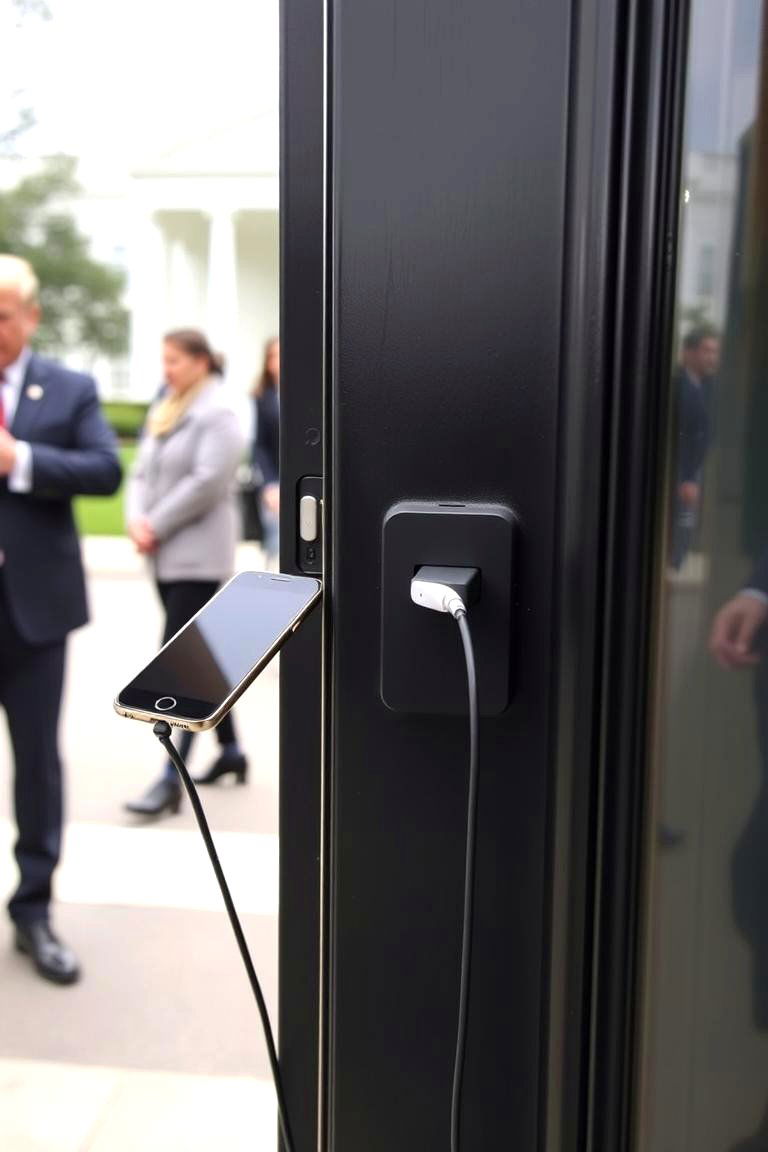
For added convenience, consider integrating discreet charging stations for electronic devices into the frames or surfaces of some black doors, providing a readily accessible power source for staff and visitors.
24. Black Doors That Incorporate Biophilic Design Elements
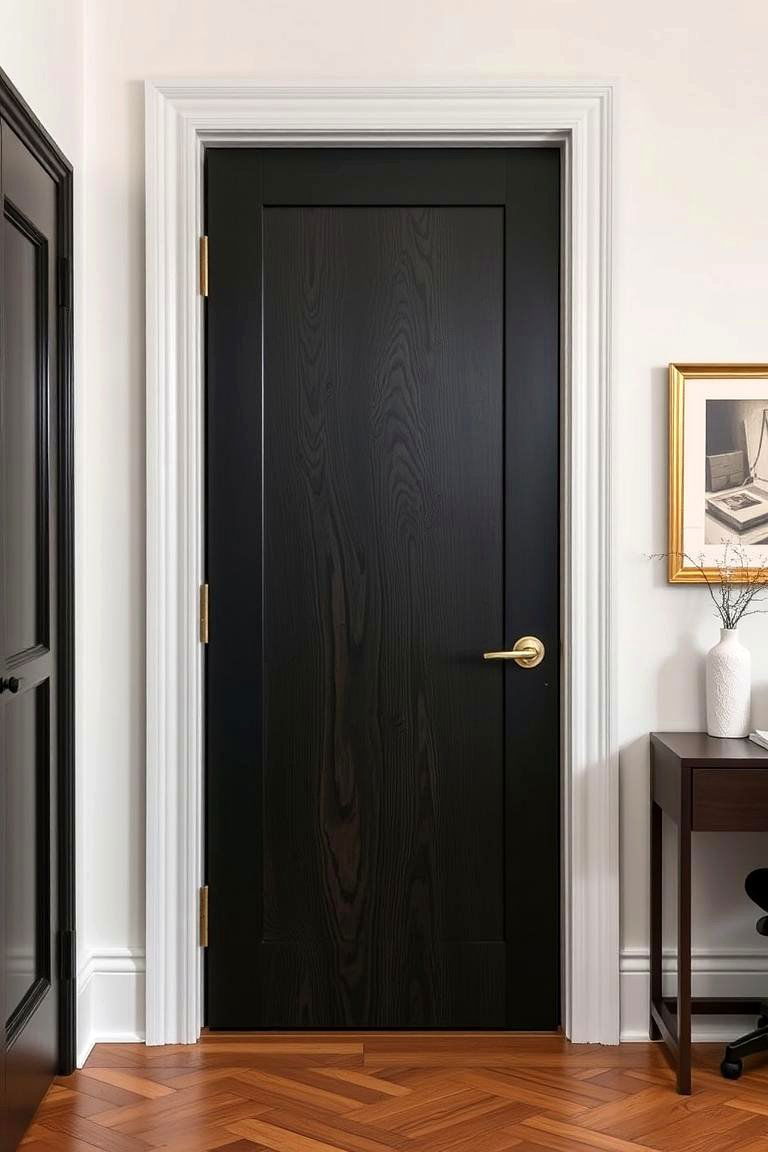
Finally, explore the possibility of black doors that incorporate biophilic design elements, such as subtle wood inlays or patterns inspired by nature. This would bring a touch of the outdoors in, creating a more calming and connected environment within the White House.
Conclusion:
The iconic black doors of the White House, while seemingly traditional, hold immense potential for innovation and thoughtful integration into the fabric of this historic landmark. From enhancing security and energy efficiency to fostering accessibility and artistic expression, these 24 White House Ideas With Black Doors demonstrate how a familiar architectural element can be reimagined to meet the evolving needs of the present and inspire future possibilities. By embracing these concepts, the White House can continue to serve not only as a symbol of governance but also as a showcase of ingenuity and progress. Explore further into the realm of 24 White House Ideas With Black Doors to witness the transformative potential within these elegant entrances.


